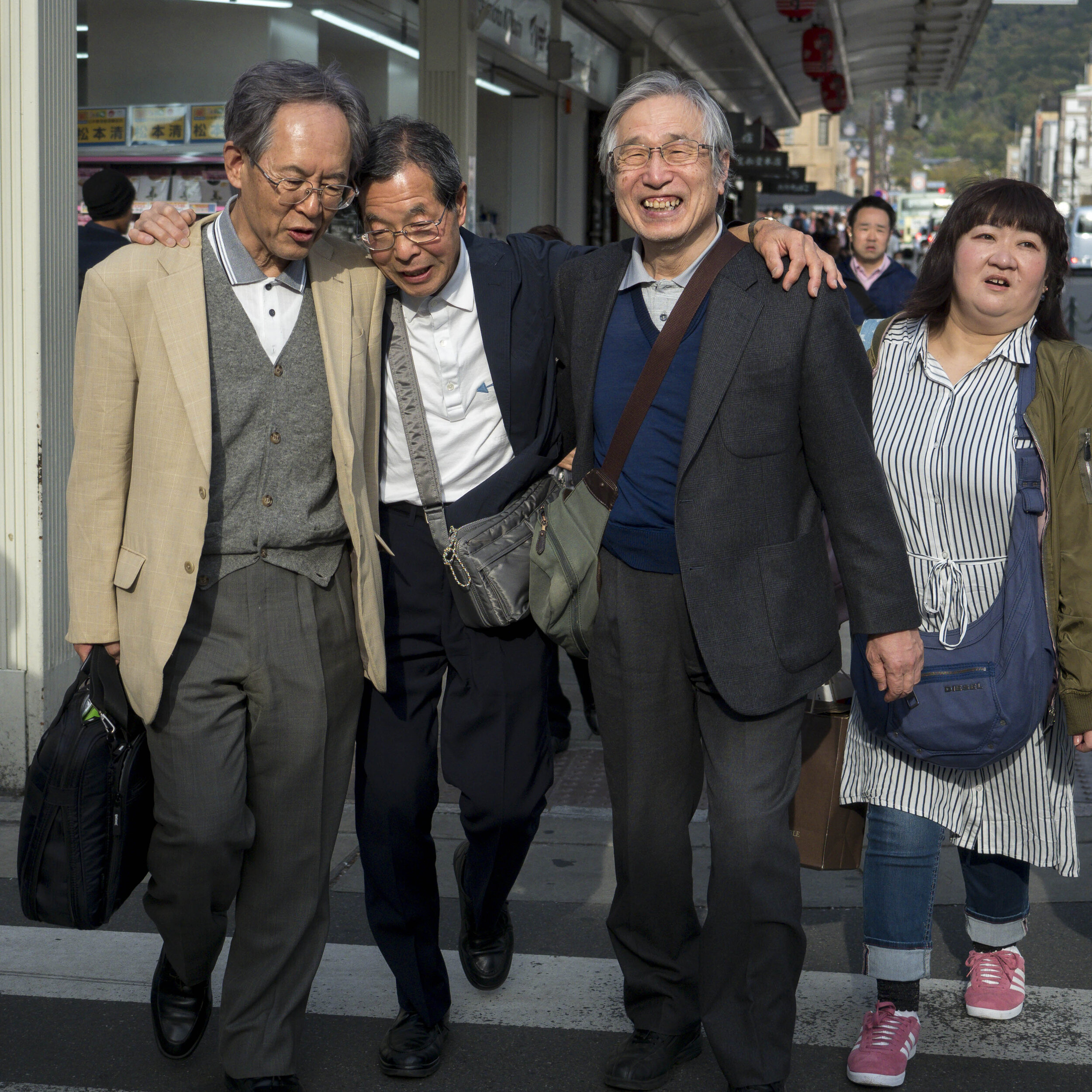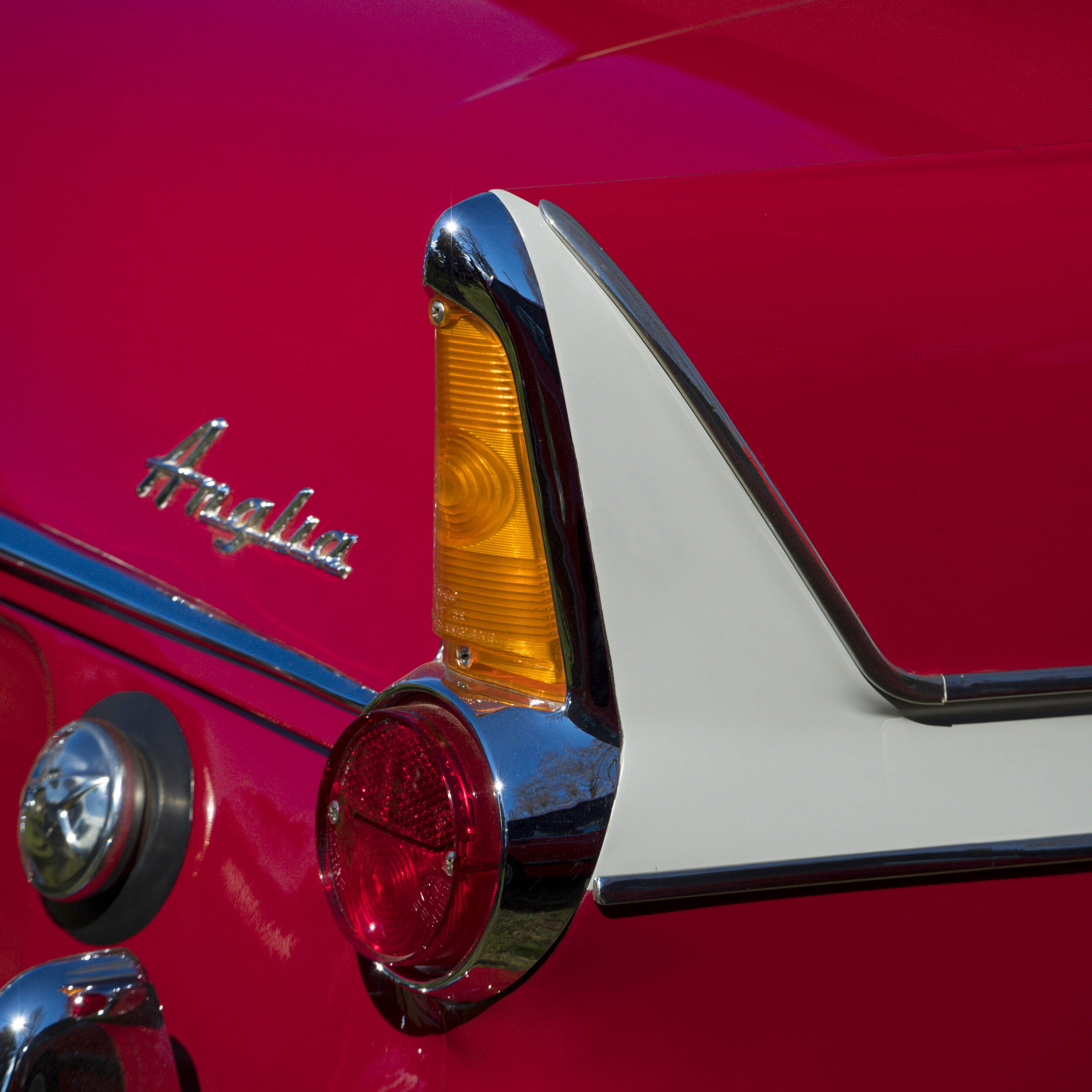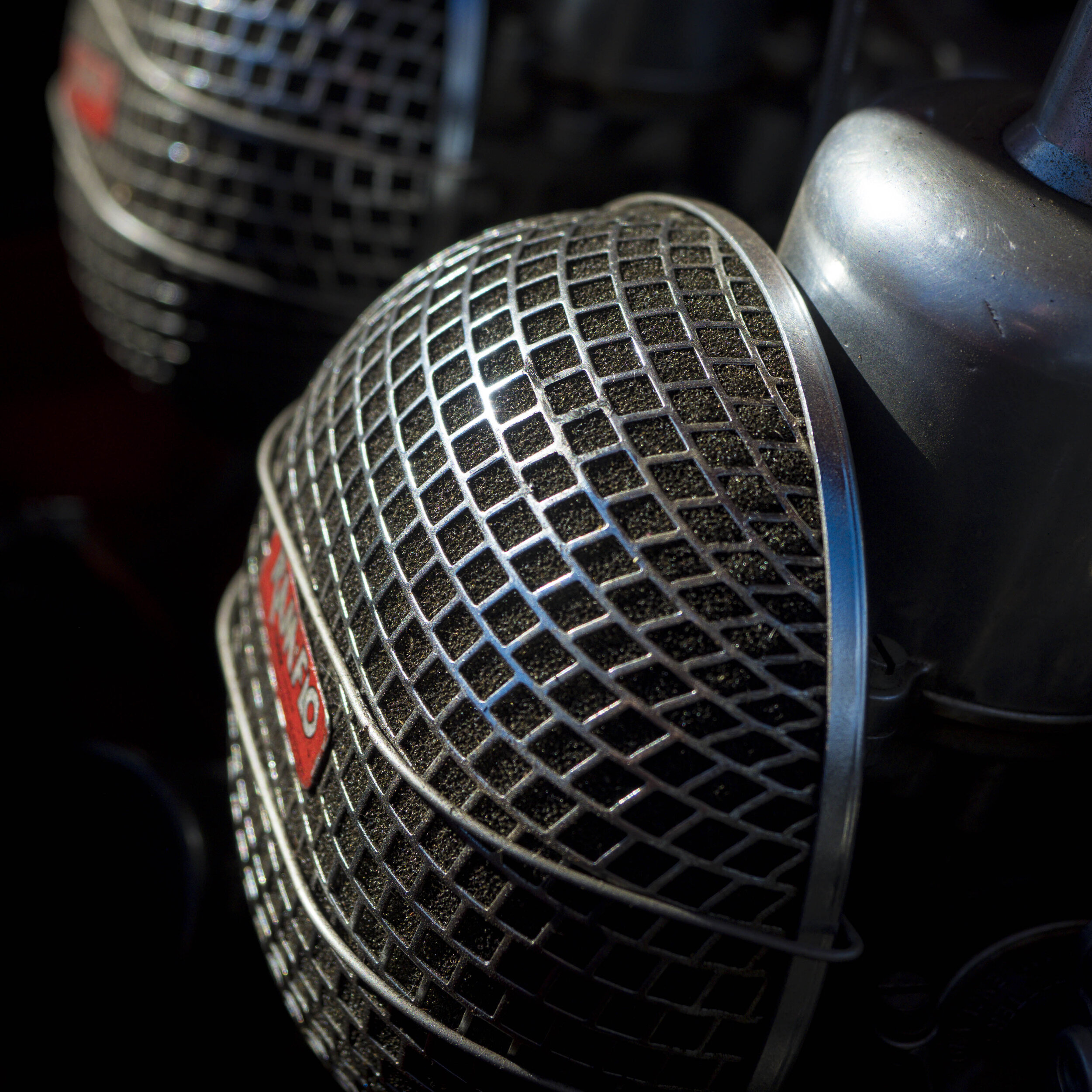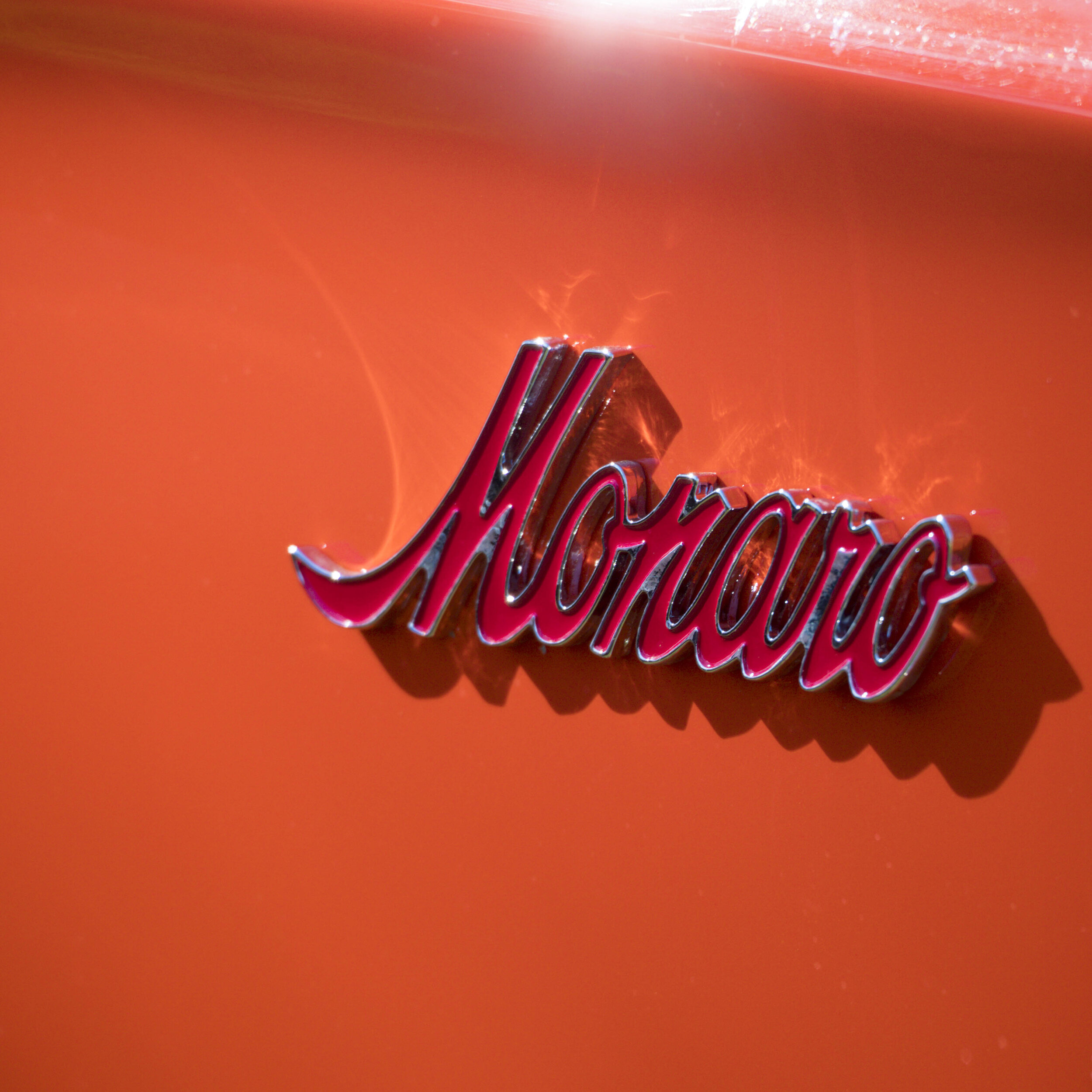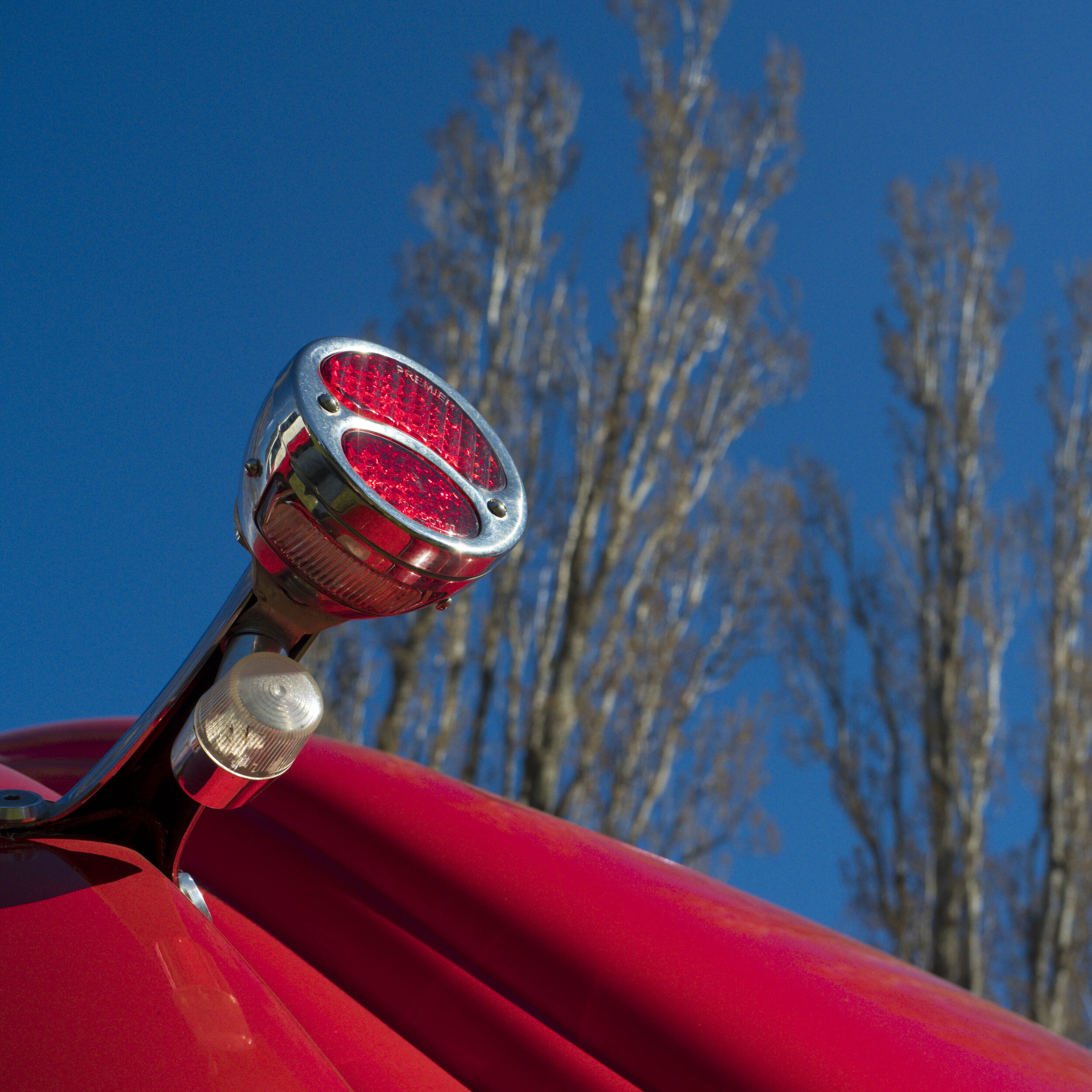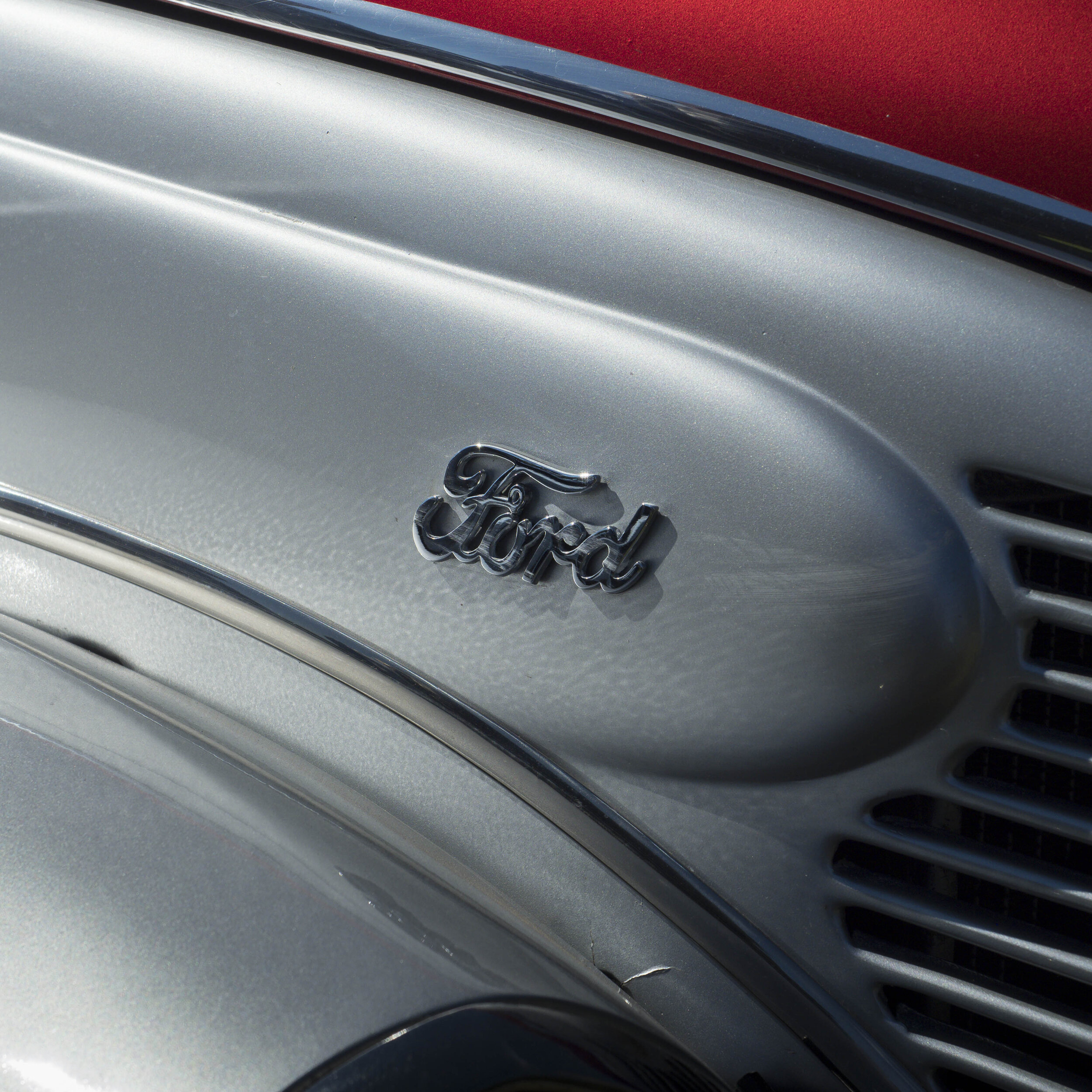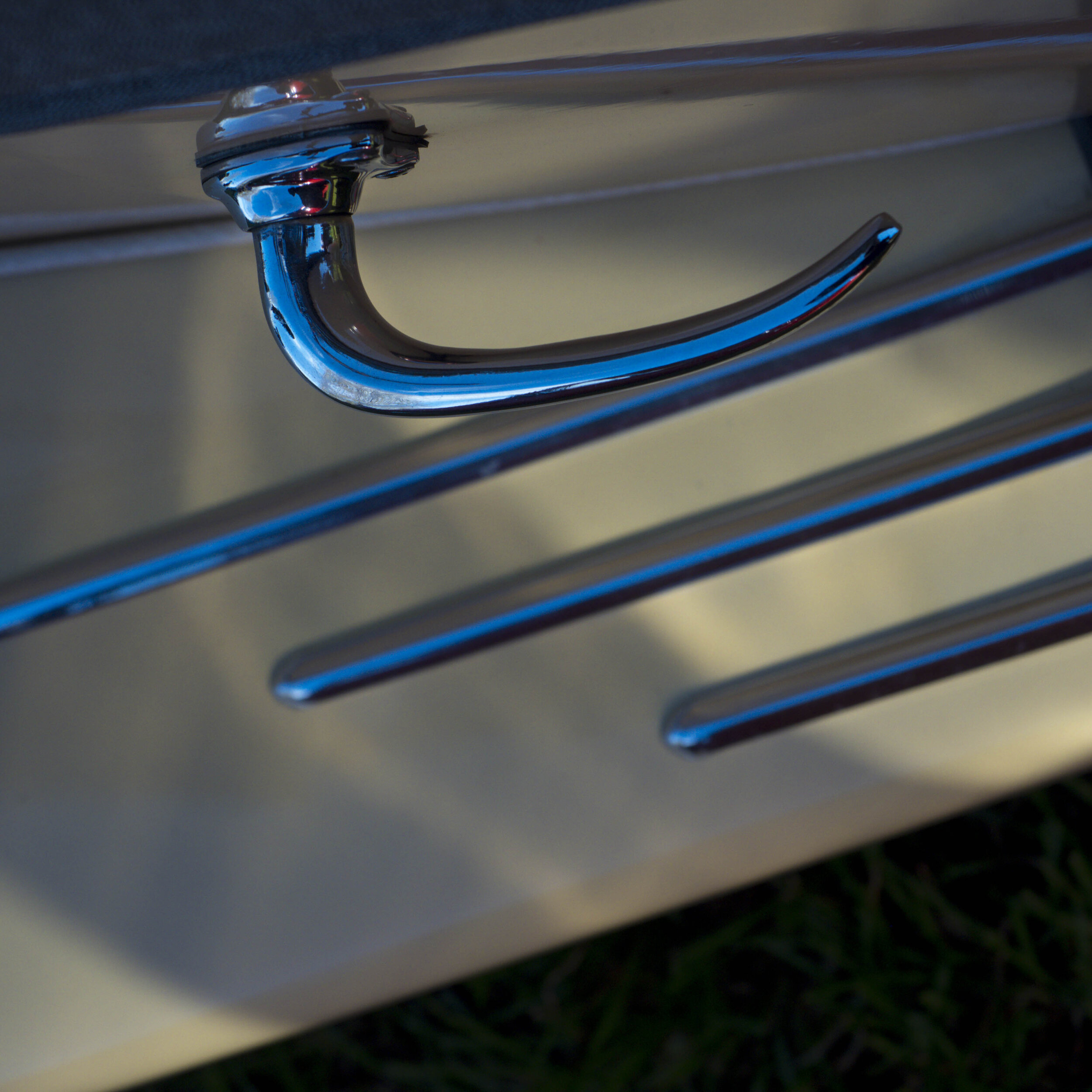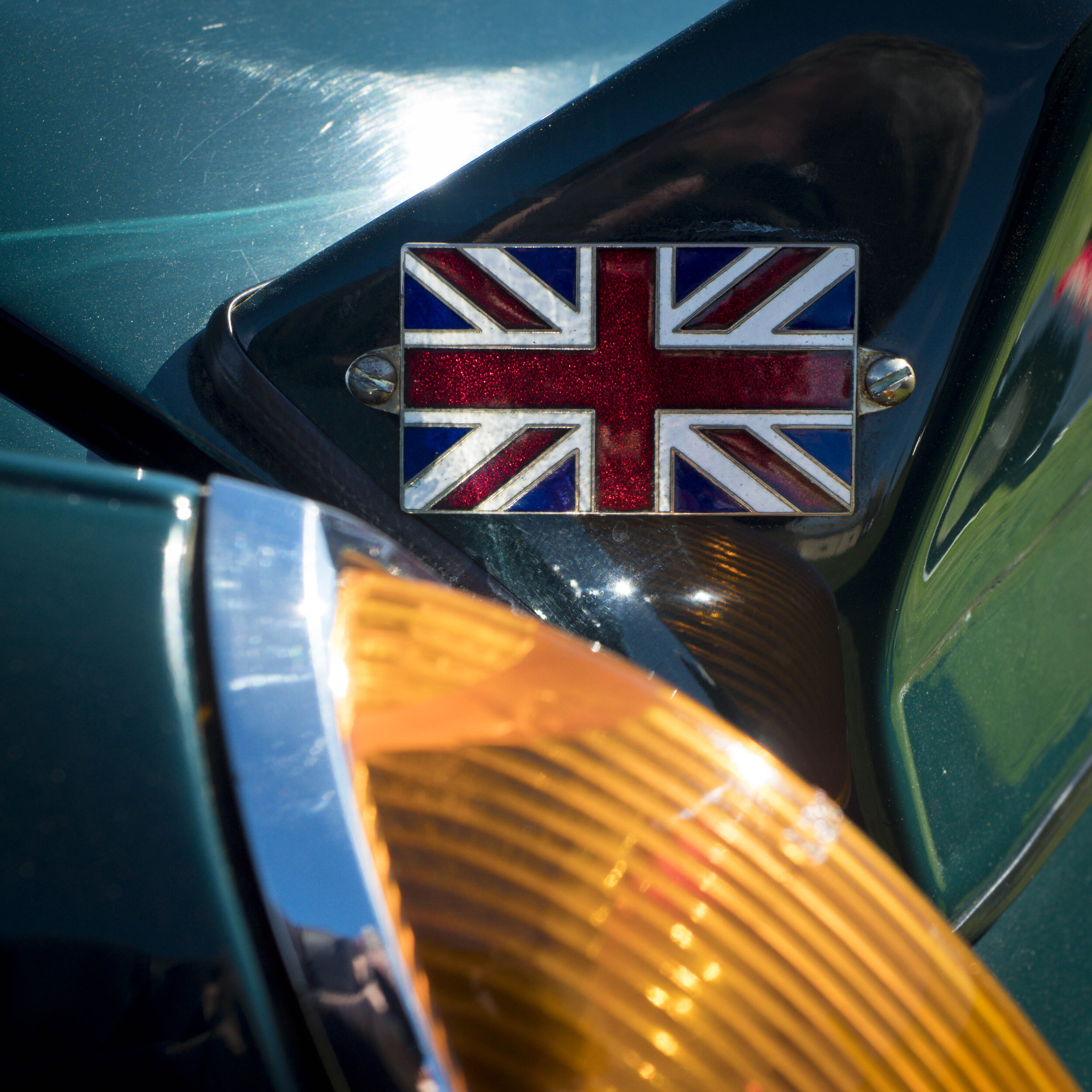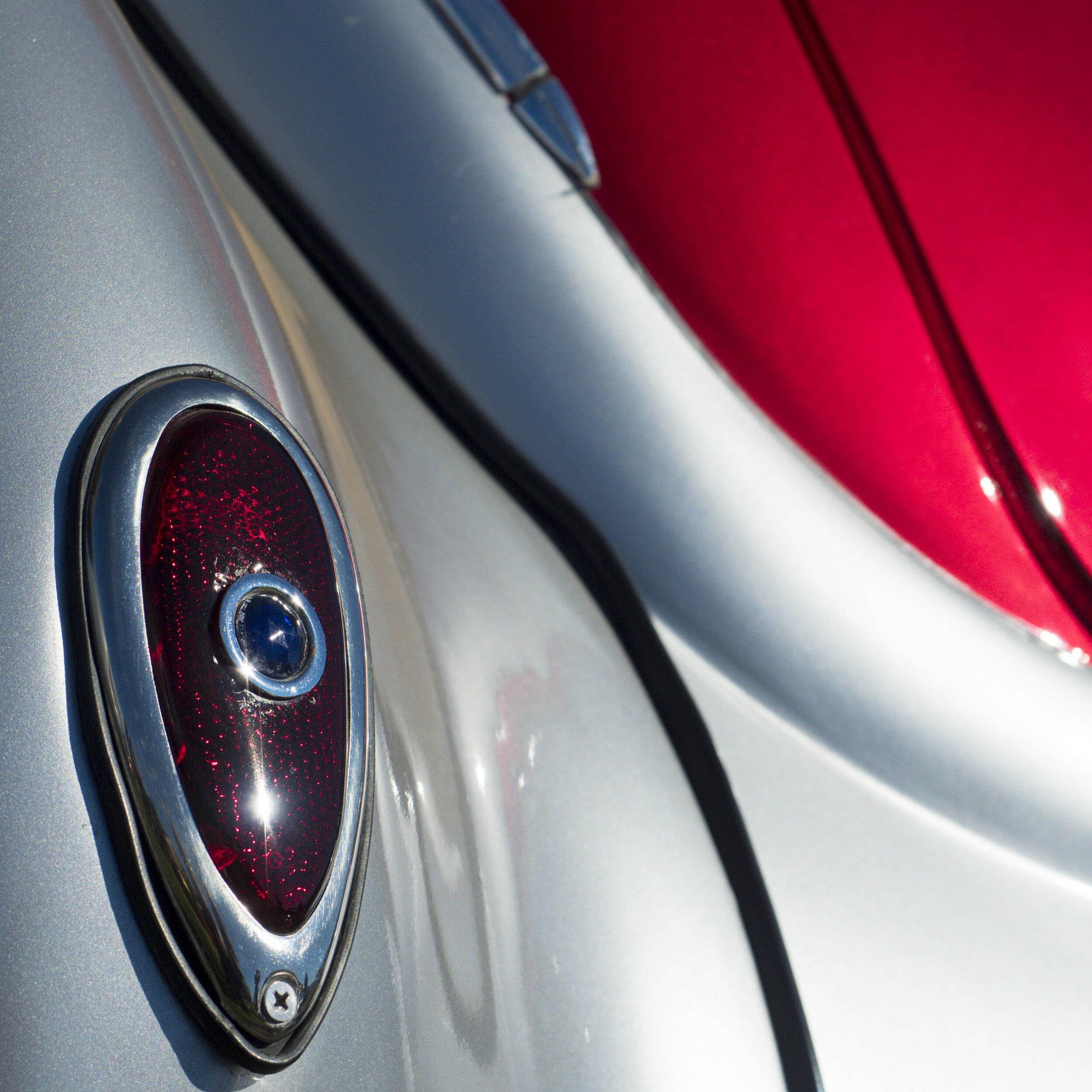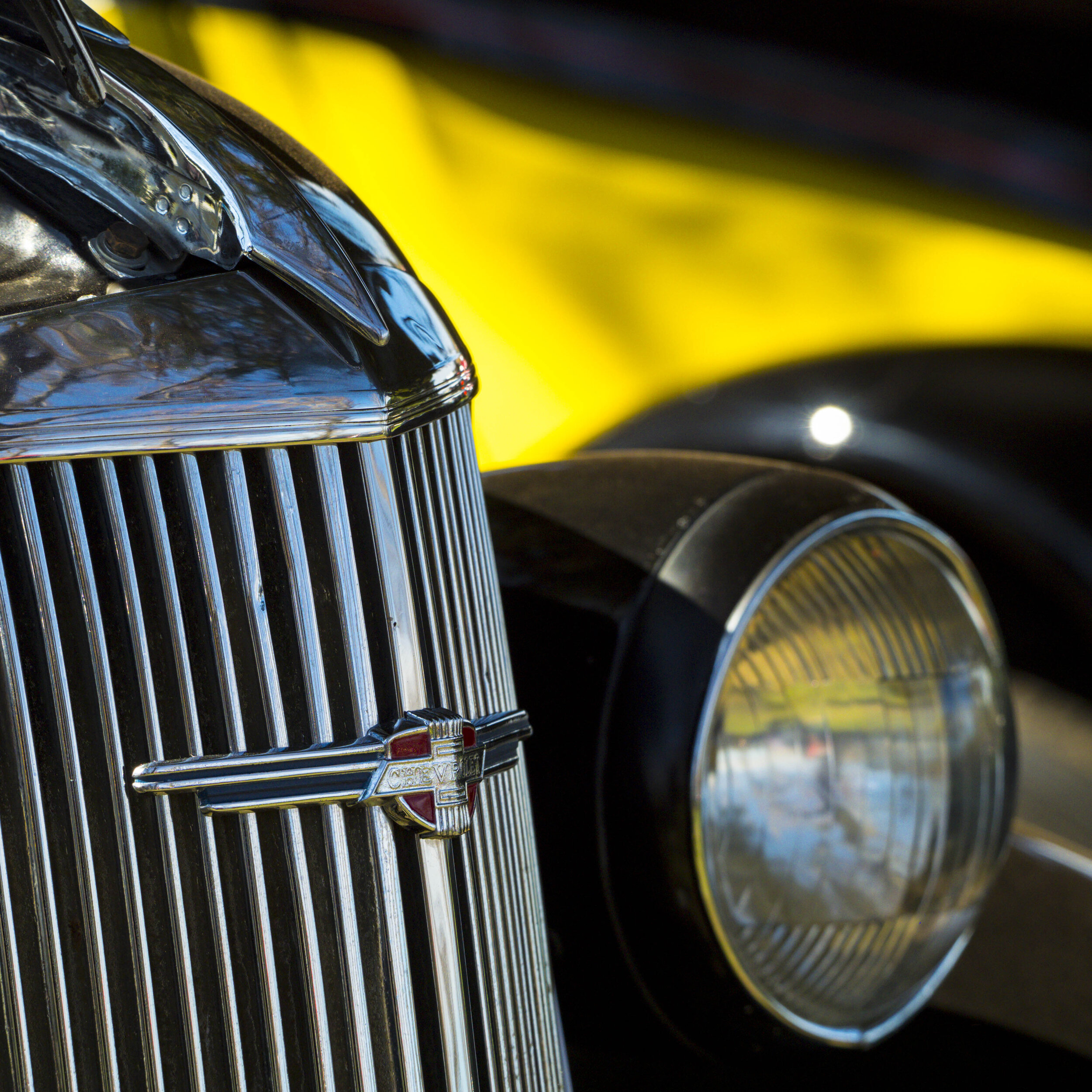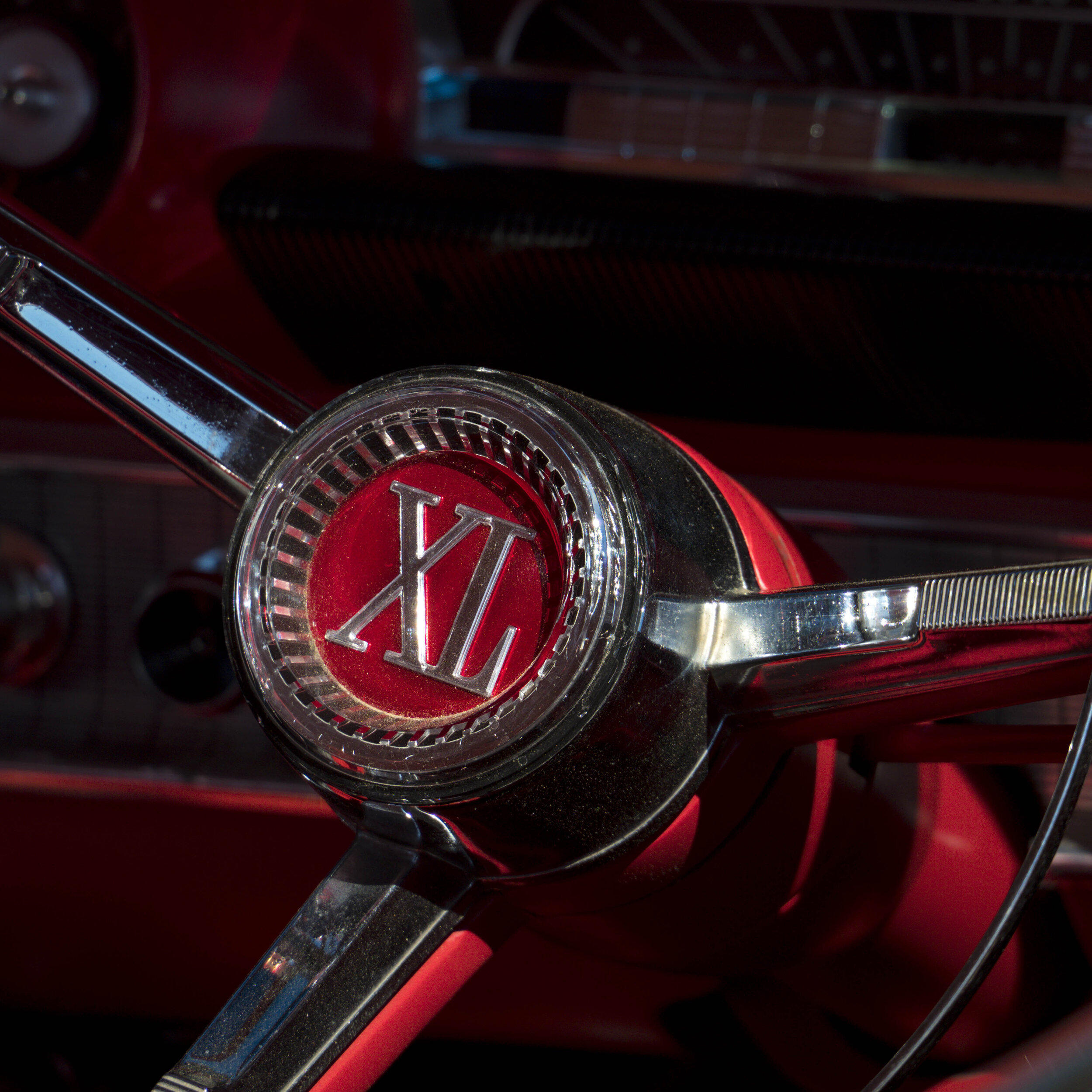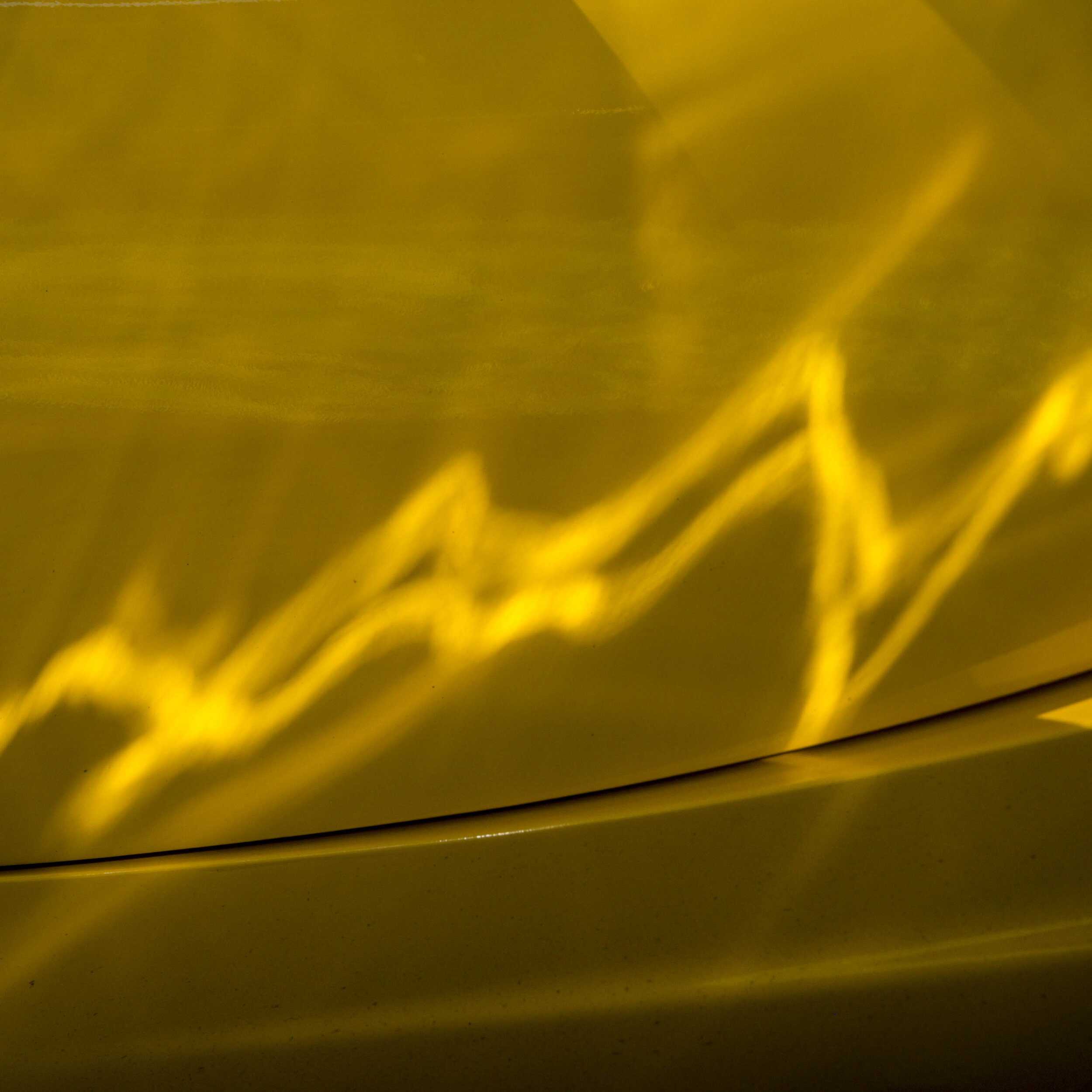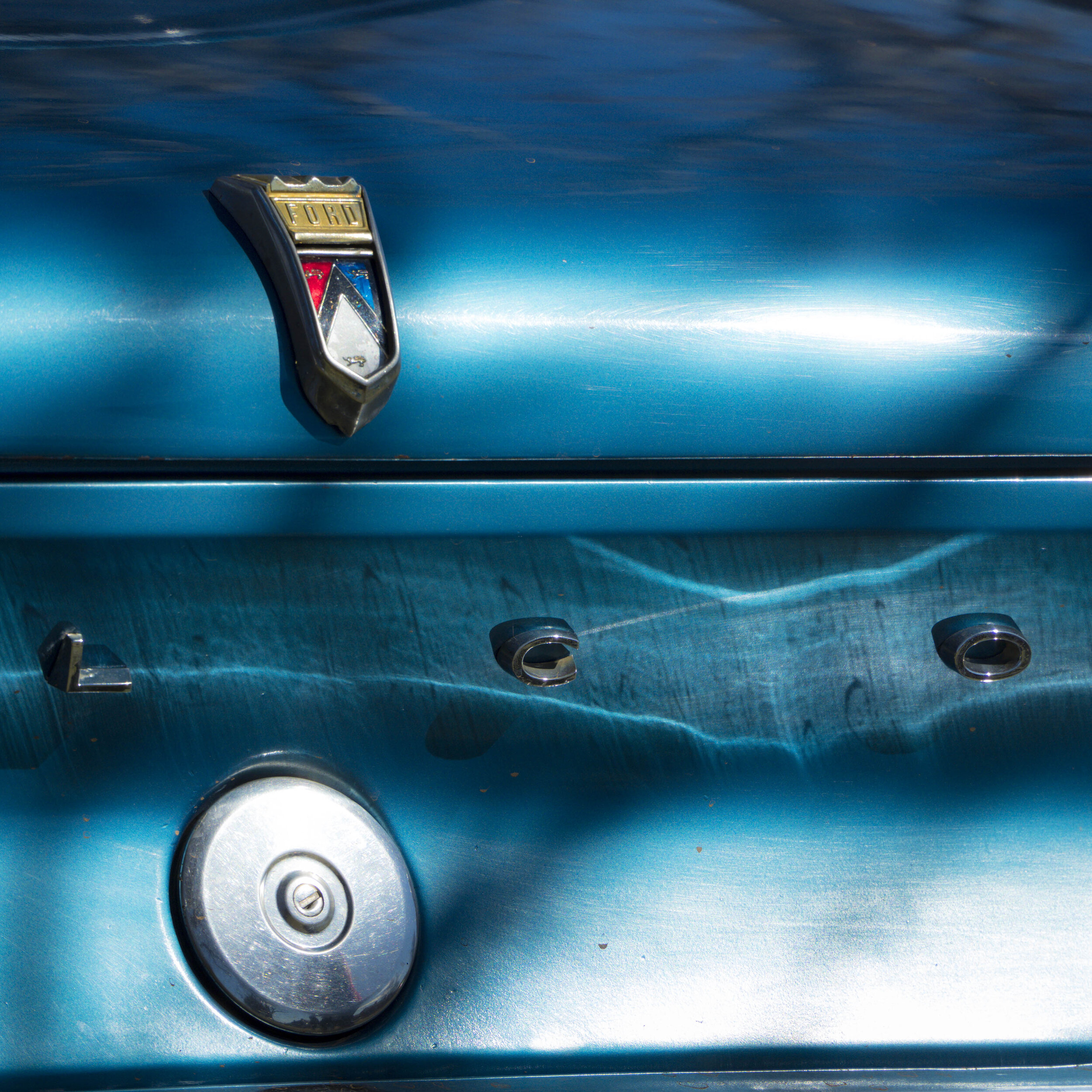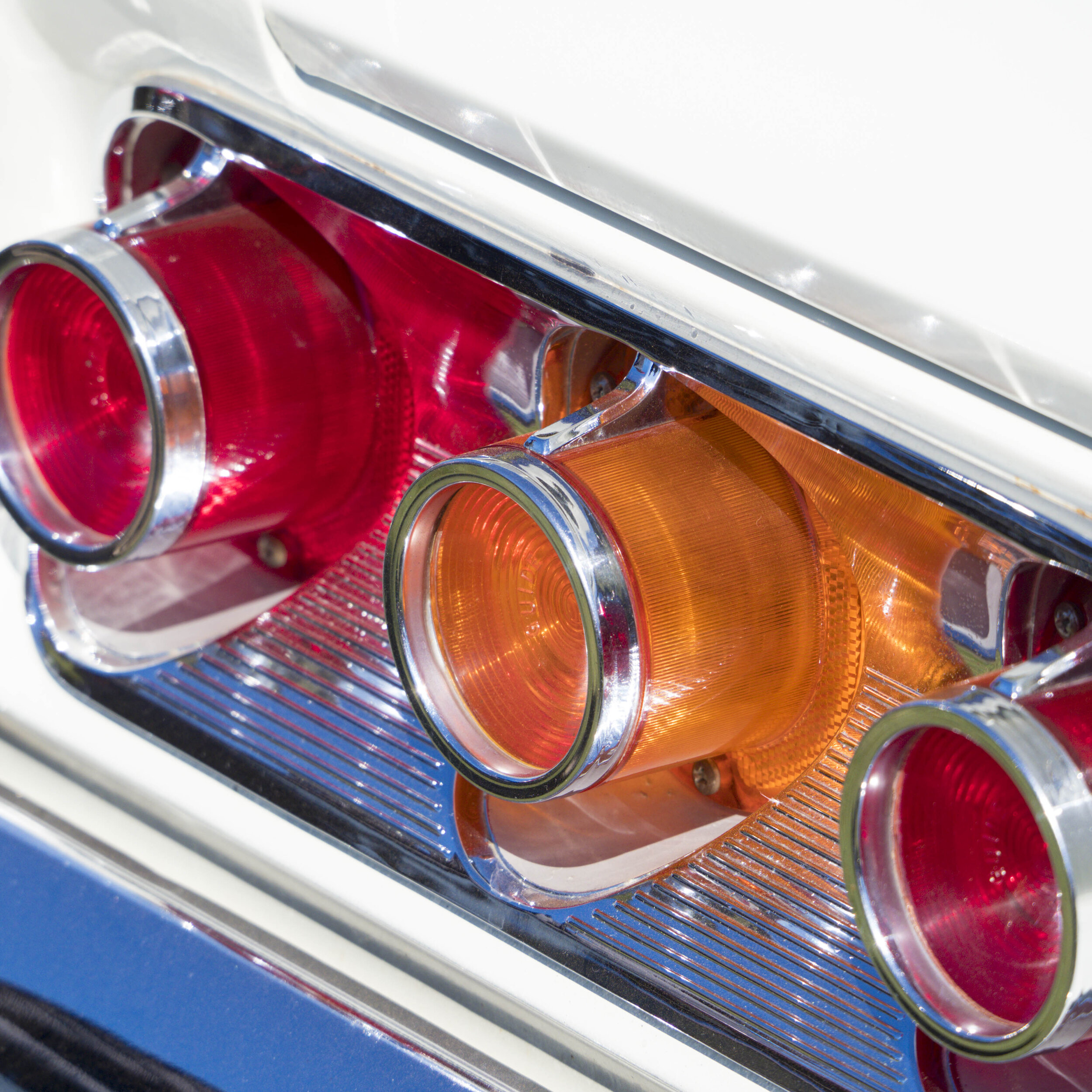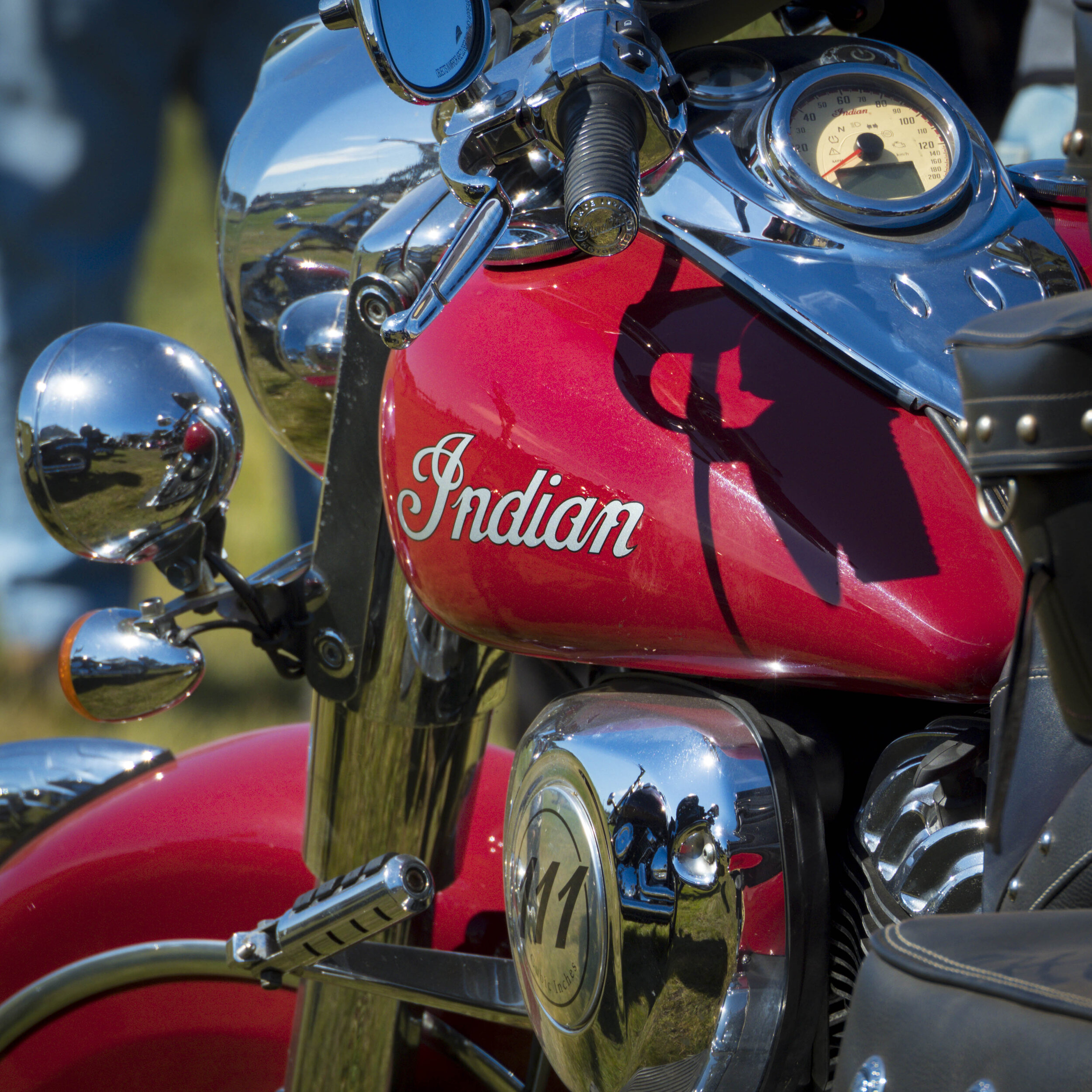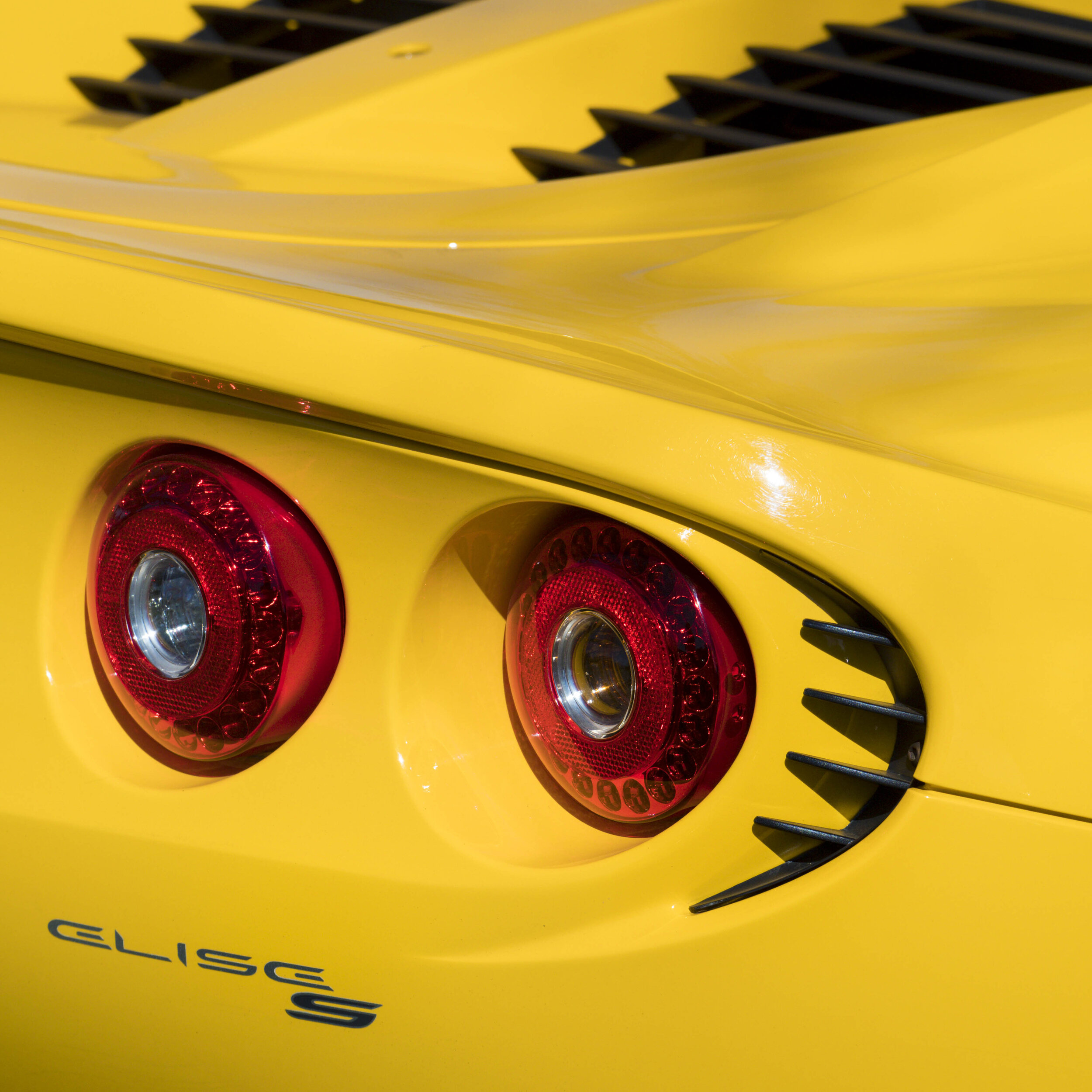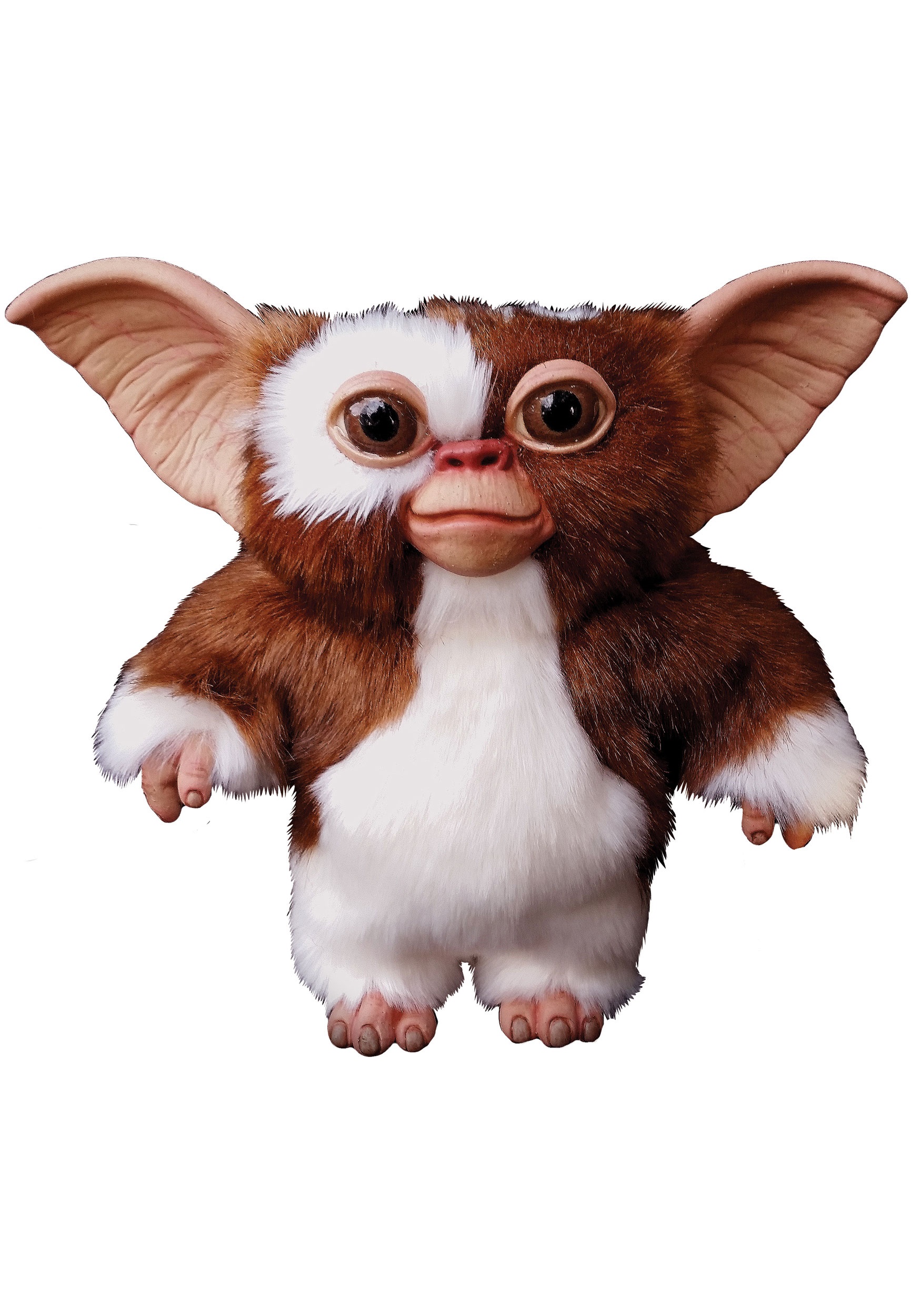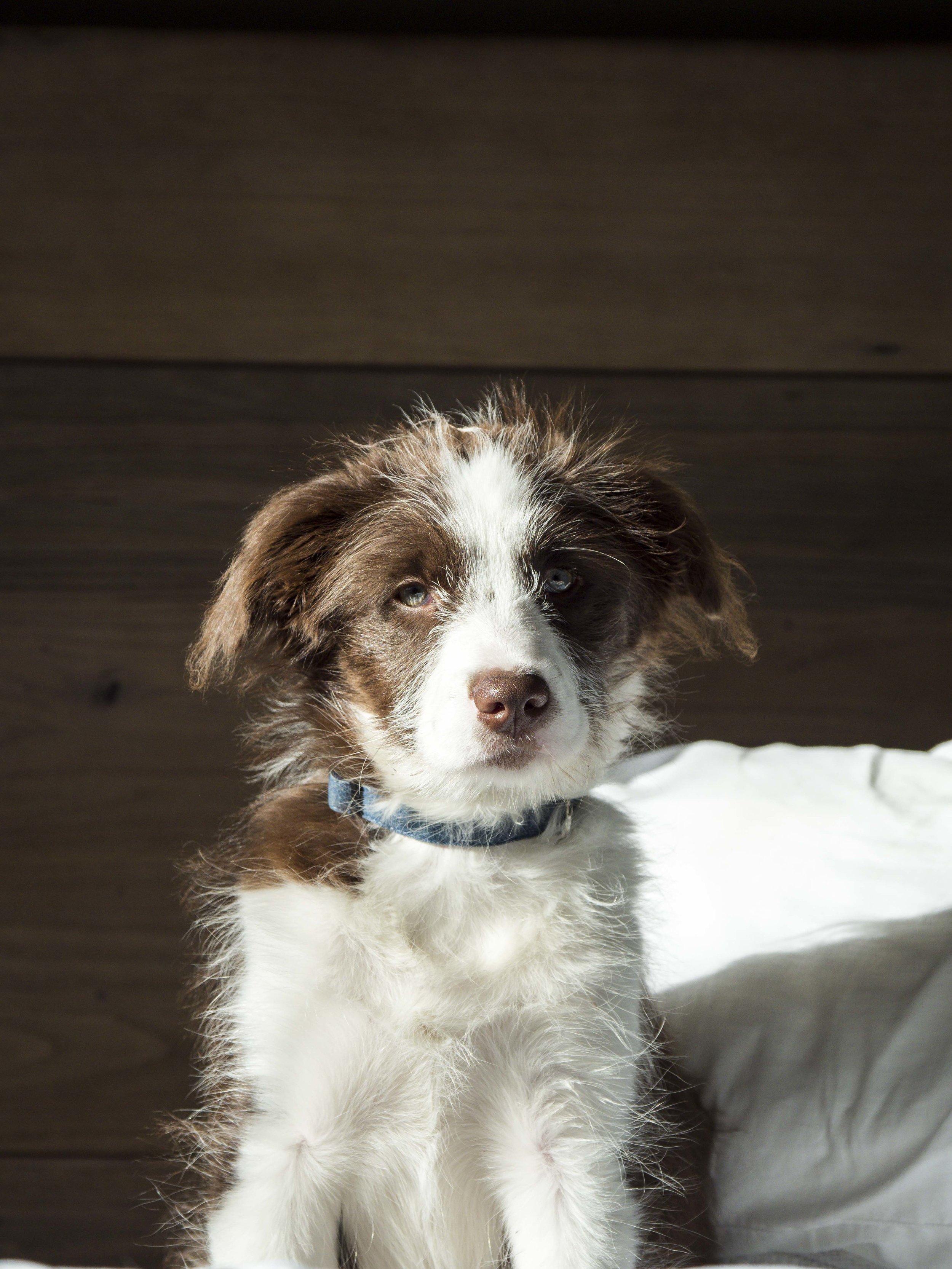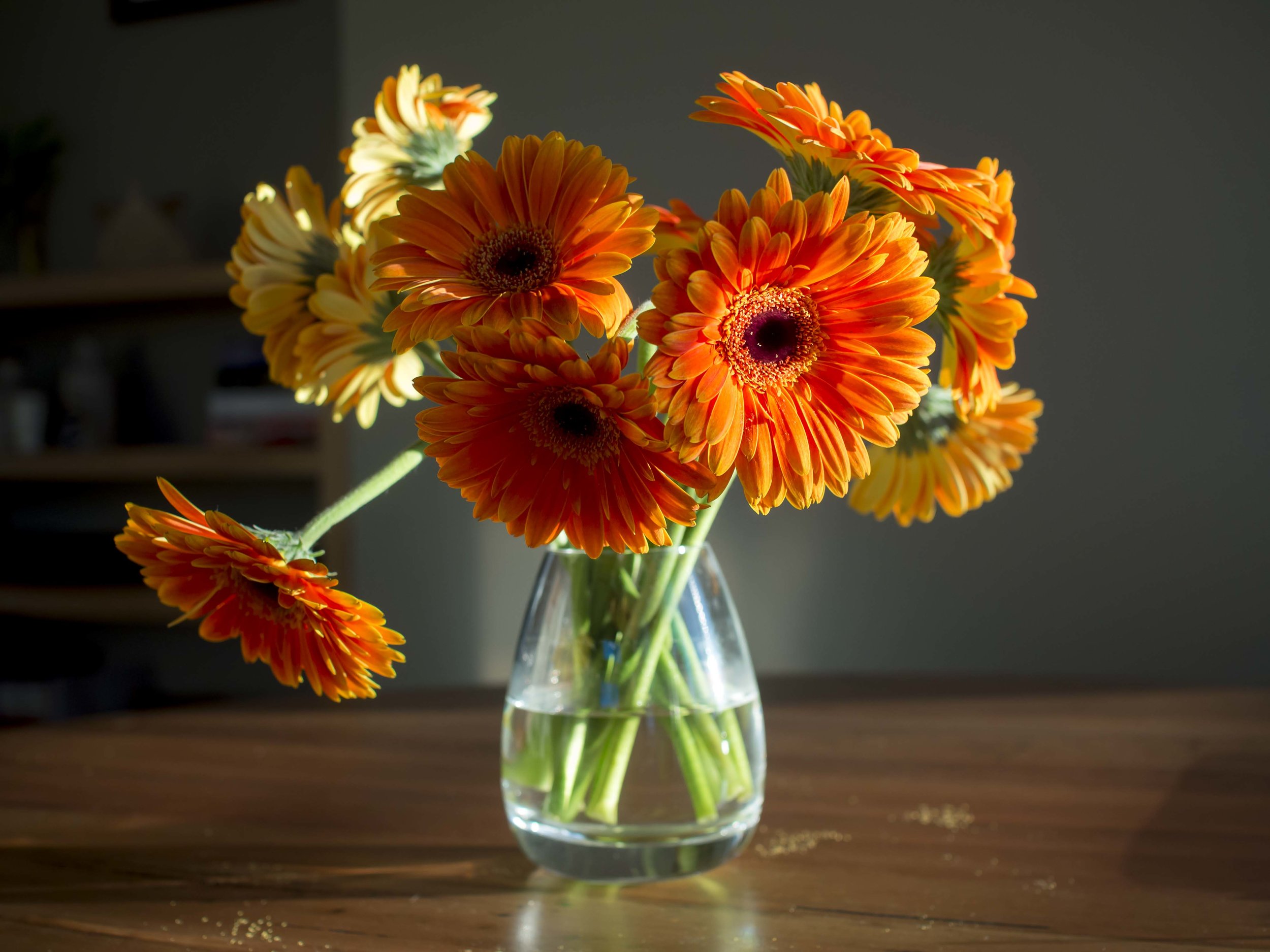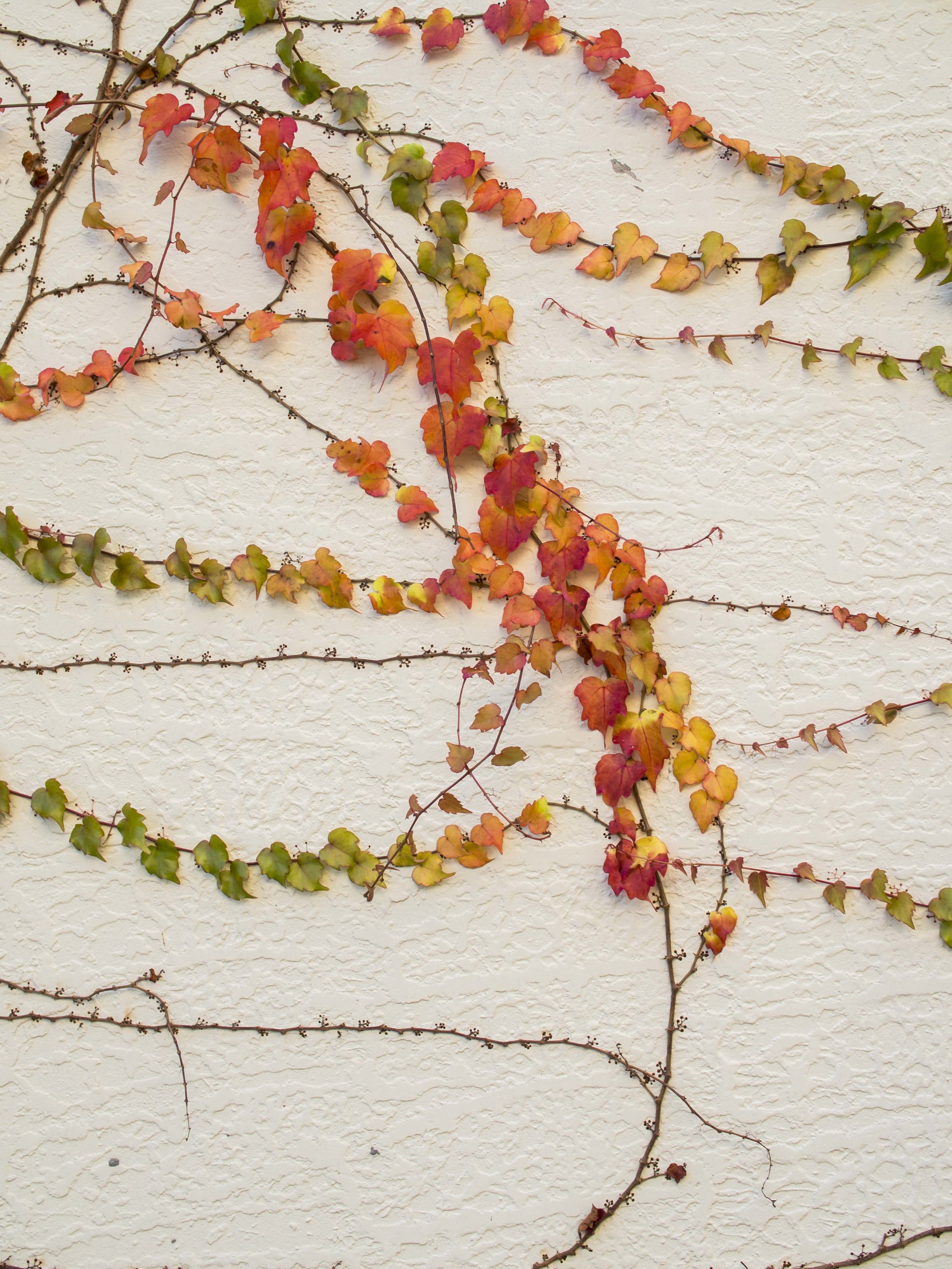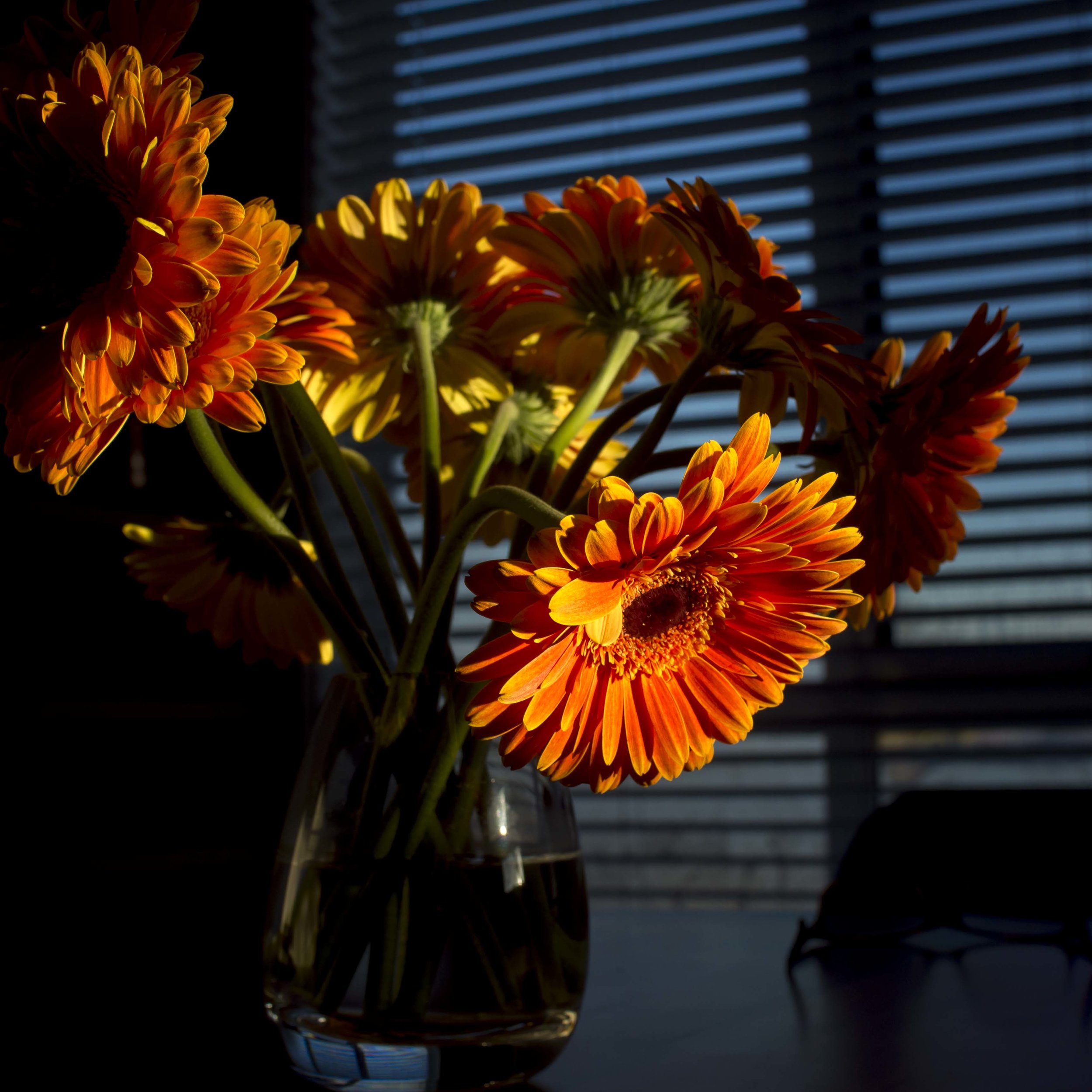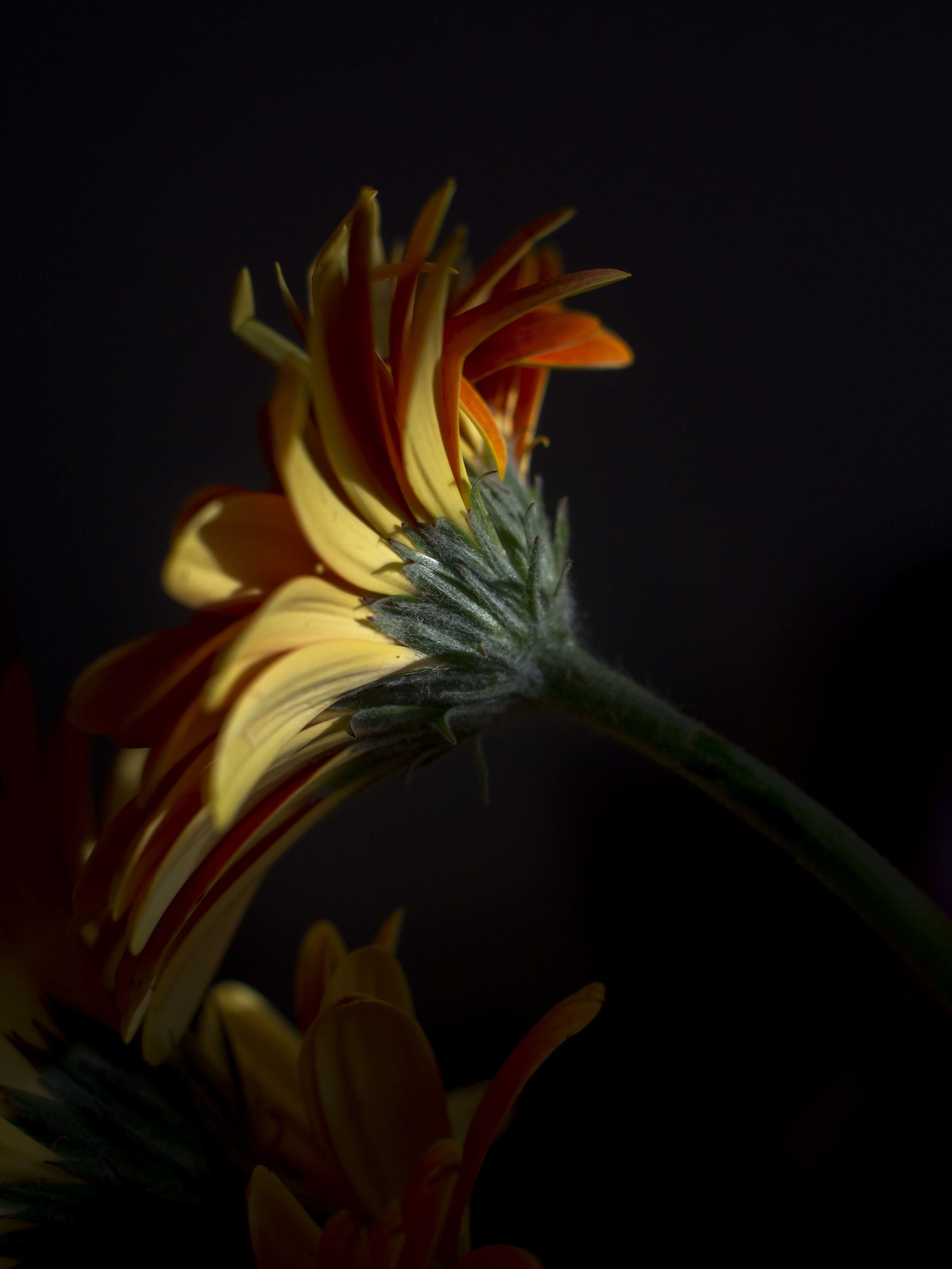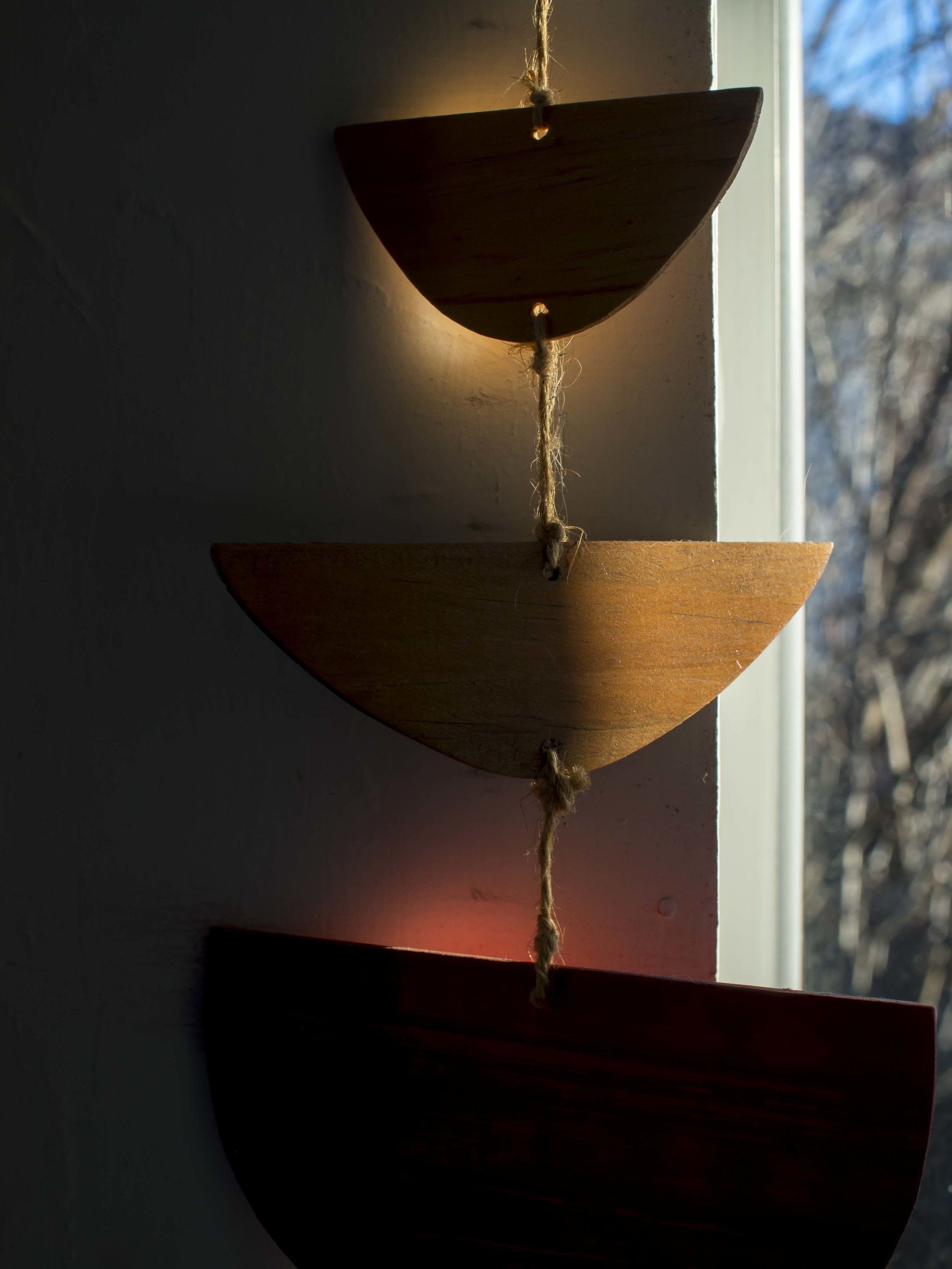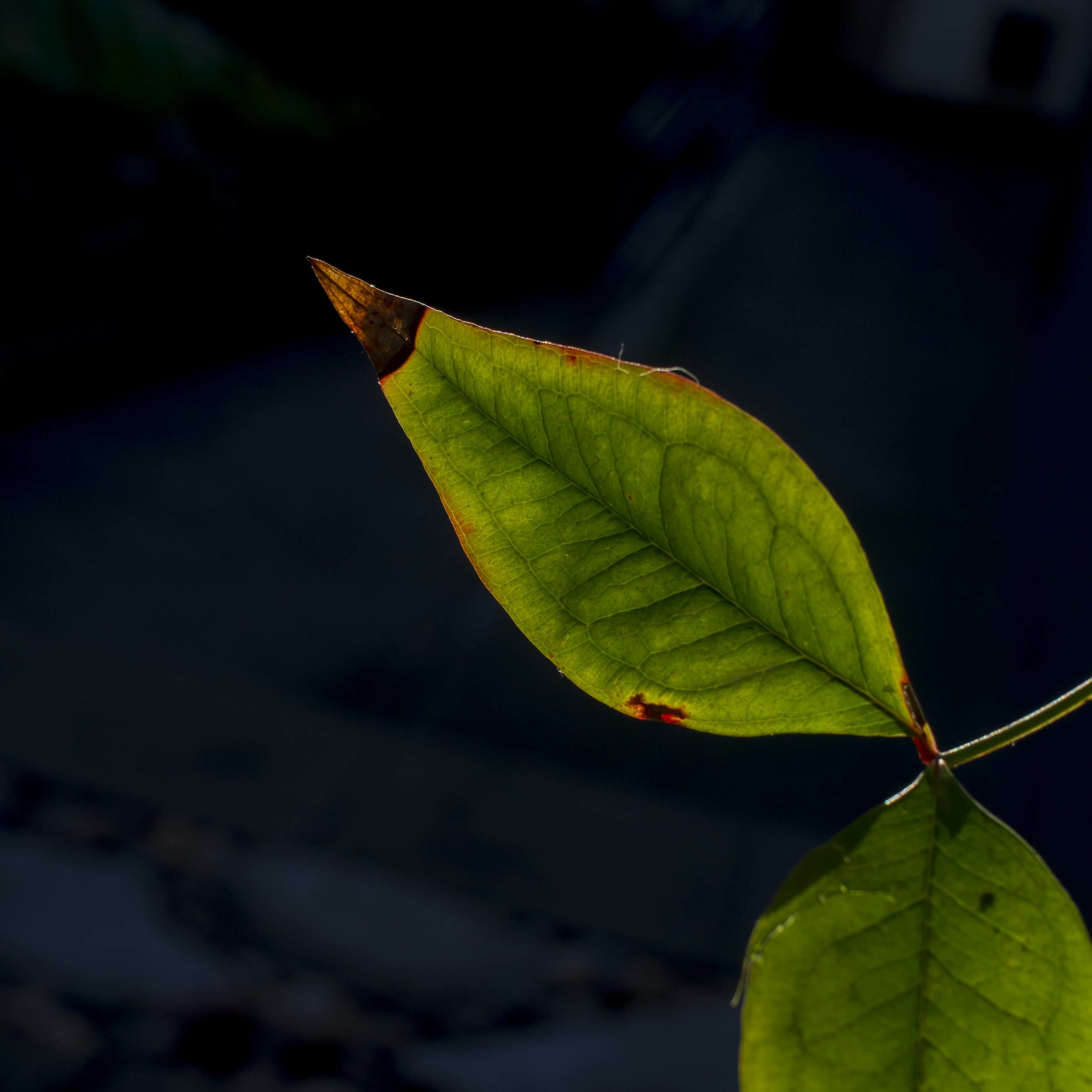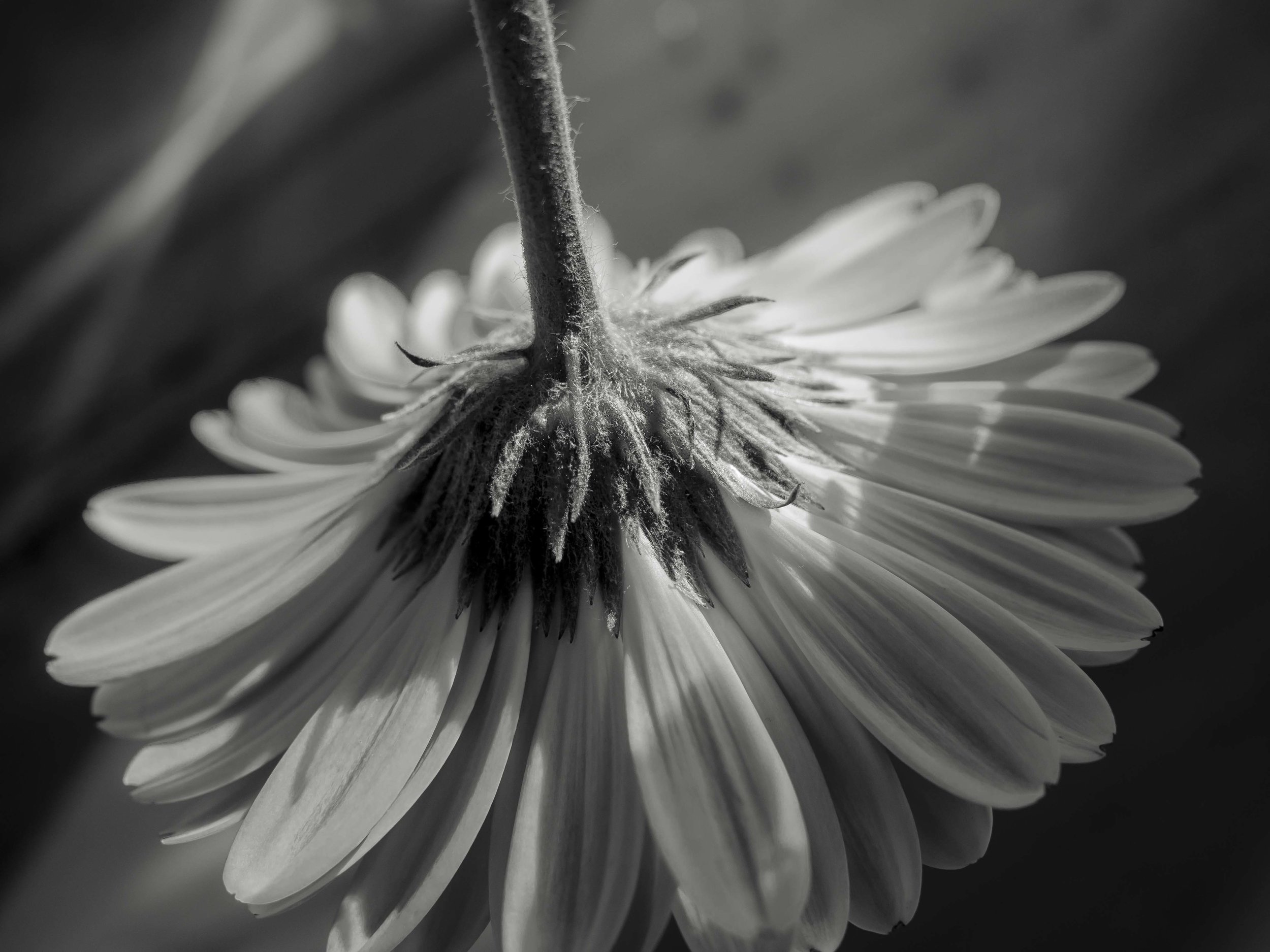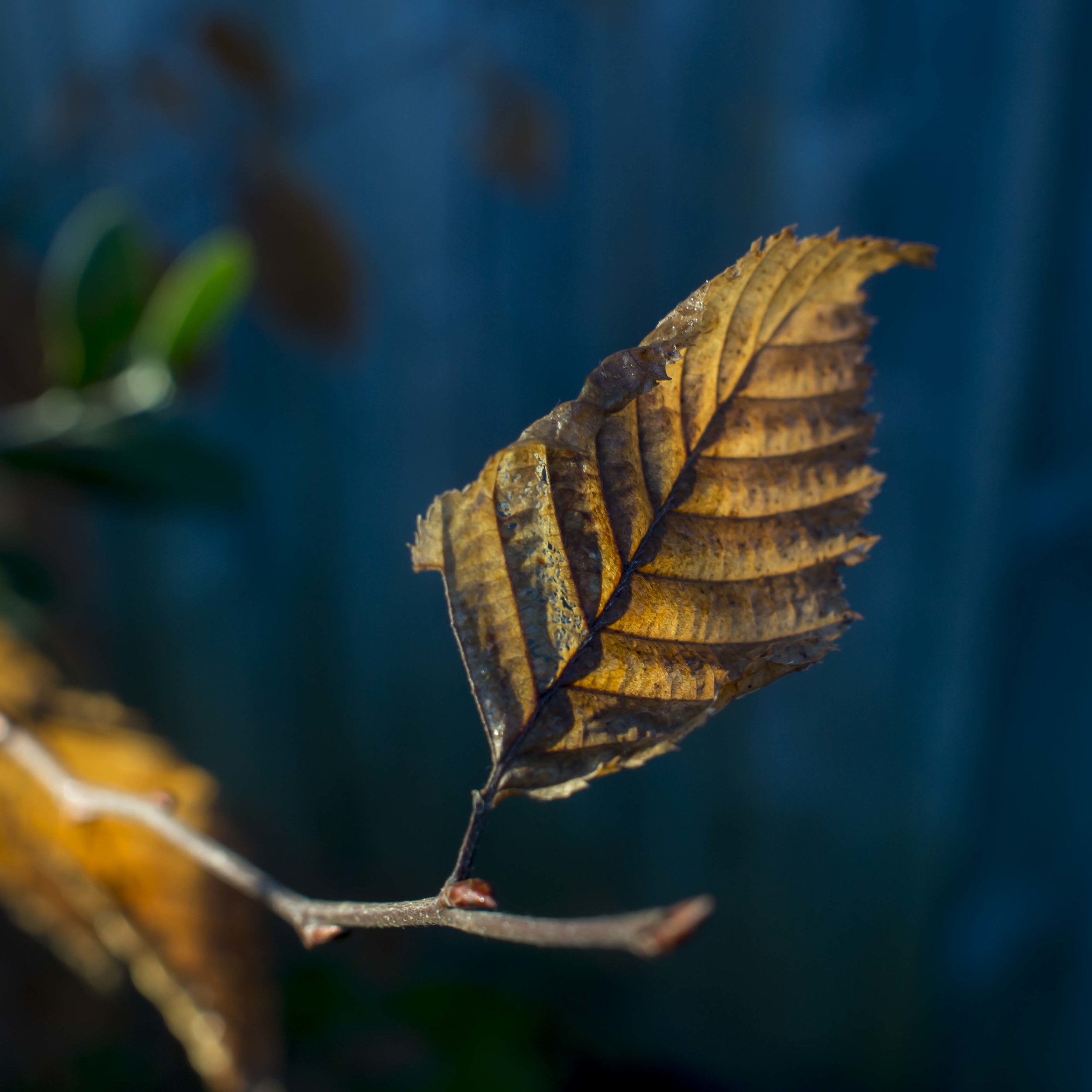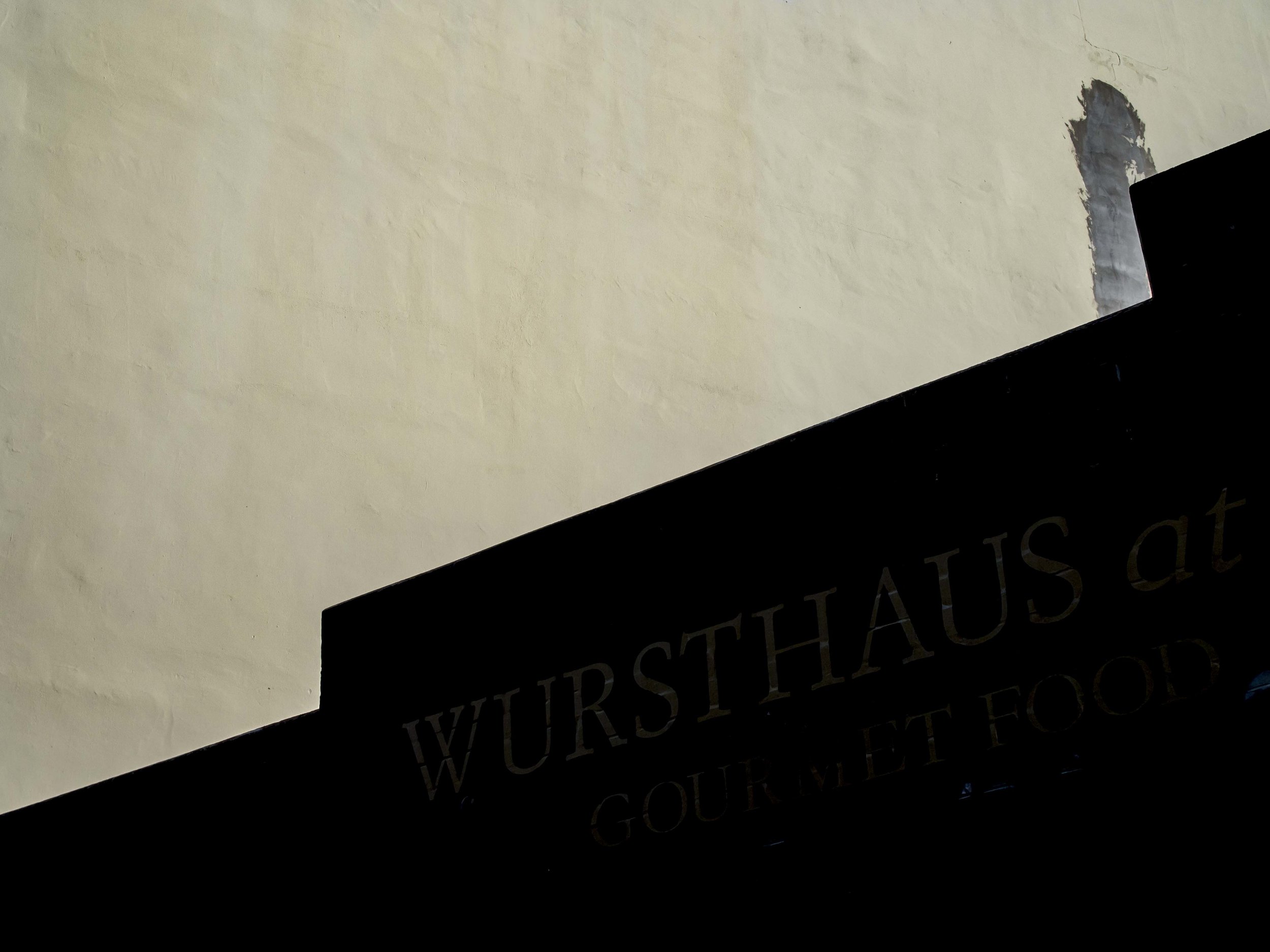The Elephants Foot
I had a strong feeling I had seen this before.
Refinement
We all evolve. Evolution is more likely than revolution (but we can hope). Seeing your own evolution for what it is, a gradual refinement of process (style) is a luxury that digital imaging affords us.
My own evolution, or refinement of technique seems to be zeroing in on specific types of light.
Most things are interesting with the right light and many interesting subjects lose impact in poor light.
The cool thing about light over subject, is that it can be found anywhere.
Definitions
Recently I wrote a 9 part introduction on street photography for our facebook page at work. This is to be followed up this Sunday by a street photography workshop.
In the process of defining street imaging (as I see it, not the definitive work by any means), I managed to analyse my own work processes and philosophy;
So;
I am not a street portraitist.
I could barely manage a handful of subject aware portraits for the article and those were mostly by chance not design. To tell a story about a specific person, fine, especially as part of a larger story, but in candid street shooting, I see no point for my work. I am looking for the intimate moment, not the posed one.
Far from a street portrait. More a matter of being caught in the act.
Documentary style?
Closer.
This is probably closest to my natural style, but I have no specific story I am trying to tell. Too many years trying to emulate my National Geographic heroes left it’s mark.
This also ties in to the moral and legal grey areas that are becoming more intense.
Candid grab, a little abstract. Yep, this is close to the core.
Urban Landscape?
To be honest, this is probably the future for me. I am tiring of the traditional candid street images (i.e. people living their life) and the tension that it entails. Sometimes the urge to walk away over rides my desire to get the image. The balance has shifted.
The gentler, anonymous and “quieter image” (as Sam Abell would put it) of perfect composition and light are calling. This means fewer, but better images and a more considered and deliberate approach.
Taken with a kit lens, one of my favourites from this year. The print potential is sky high.
Humour?
I rarely fall back on irony or humour in my images. Most of the coincidentally interesting ones are actually just that, coincidence. This is also directly tied to portraiture or doco style candids, so see above.
One of the rare times I actually recognised all of the elements before they lined up. “All eyes on her” or “Tin Tin’s surprise” would likely be the title if I were that way inclined.
Benefits?
More intent = more chances to get good images at home = less down time waiting for the next trip, then returning and settling in for the next one. It makes every small trip and every day capable of producing a wonder (OCOLOY maybe!?). Ironically one of the favourite destinations for Japanese tourists is Tasmania.
Gear needs are lowered (no pressure for fast, long glass or super robust cameras, although what you have tends to define what you chase). I have roughly 300k guaranteed shutter fires to come from my current stable of cameras, likely more and I intend to grind them into the ground. At a more considered pace, that is a lot of images and time. My lens stable is more than capable of handling my needs, with options, even excess.
Basically I intend to raise my image making standards, lower my urgency to grab everything and shoot with full intent to print. This runs the risk of my missing the odd good shot through chance, but a groaning computer says I take too many currently*.
Less time in front of a computer, more time printing. This increases my personal and photographic longevity in every way.
I may even enjoy life and travelling more.
Next project is a book and set of prints from the last 5 years of Japan trips, then put a lid on it for a while.
*Lets face it. Our entire productive photographic life is usually defined by a few projects, several outstanding images and capturing important memories. Who among us can honestly say their image library is not bloated well past that. The “just in case” images are really “clogging up the works” files. Maybe a working shooter needs to keep files for possible client re-use, but I bet most of the bulk are just junk waiting to happen. How did we get by with the limitations of film? Just fine.
I bet, if forced to, most of us could get by with a limit of 500gb of total photographic storage for our entire life’s work, especially if you ask you potential viewers how deep their genuine interest would be.
Fuji Unleashed
We had a product night with the X Pro 3 last evening.
Wow!
The thing that struck me straight away was the attention to photographic empowerment. This camera is not playing catchup. It is not making excuses or showering you with fluff features (see previous post), but is aimed squarely at empowering the dedicated photographer to take photographs.
This is a sharp tool, made to purpose.
Yes, the menu is again differently laid out to previous models and the features are almost uncountable (again see previous post). There was a refreshing shift away from video for the dedicated stills shooter.
The features that were focussed on were;
improvements in sensor design, image controls in camera, with an aim to making the in camera image the finished product and better flow through of in-camera manipulations into RAW work flow.
You really get the feeling that this camera, controlled fully, can give you almost an entirely in-camera work flow or near to it.
Styling was refreshingly simple and consistent with previous X Pro’s, with only good tweaks, and those were mostly tactile. I especially liked the flip down screen. This is something that I am finding an issue with newer Olympus cameras, after using the flip out and roll style screens for street photography.
I just do not like the video-centric screen design for street shooting.
Will I jump ship into Fuji?
No, but there may be a long term re-integration into some Fuji gear for specific roles.
The X200 (X100 mk2?) with improved sensor (see XA 9) and better view finder might do the trick, or maybe the XT30, but no whole sale switching. A long lens is still in the want pile, with the Fuji 100-400 being a true contender. Adding the Panasonic 100-400 is tempting, but I feel a Pana camera would be needed to get the most out of it, so switching to Fuji for just this lens is actually reasonable, but that is usually where the rot sets in. Having multiple brands with me, usually means fleshing them out fully, creating duplication, guilt and rationalisation. Fully switching would actually be more sensible, but I am almost perfectly happy as is.
The reality is though, another Pen F (still very close to the same dynamic as the Xpro even after several years), or a Panasonic G9/95, allowing me to move on from the EM5’s makes the most sense.
My ideal kit?
Way too hard!
Learning and Teaching "Camera"
Part of my job is teaching photography, part is selling cameras and the thing that keeps coming home to me at the moment is; “We must teach (individual) camera before we can teach photography”.
Let me put this into some context.
Up to the 1980’s a photography course could be taught without any consideration needed for different camera models or brands. A Pentax, Nikon or Canon in the same group would have a shutter speed dial, lens aperture ring and ISO dial. These are the pillars of all camera’s operation. The placement of these controls would vary and some models (generally entry level, fixed lens cameras) would have simplified symbols such as a mountain rather than F16 for landscapes, but when the instructor said “now change your aperture to “X” ”, everyone was on the same page.
From the 80’s to the mid 2000’s, even considering the change to digital, the basic layout of a Canon, a Nikon etc was pretty much unchanged, but now cameras are very different from each other brand to brand. This strengthened brand loyalty, as people tended to stick to what they knew.
Often the brands had three levels of SLR; the entry level, heavily dependant on the mode dial and scenery modes, the mid level or pro-am models with more (often the most) controls as reliance on scene modes and semi-professional options had to co-exist and the top end pro models with their very workman-like interface, but going from one model of EOS or Nikon to the next had a gentle adjustment curve.
In the last few years all of the rules of predictable transition seem to have gone out the window.
This makes teaching and learning photography difficult. A mixed group of new camera owners, spread over 4-6 brands, 2-3 levels of camera, 1-5 generations and with varied experience bring a huge number of variables to a photography classroom. “Change the ISO”, becomes a series of 1 on 1 menu explorations. Checking depth of field can sometimes leave a student falling behind as they struggle to understand the concept and work out how to apply it. Switching to manual focus, a basic function, can even be a crowd splitter. To be honest, a group of students, all with the same camera and at the same level is enough of a challenge.
One group I have taken included a novice with a brand new 5D3, an old hand trying digital with an EM5/2 (but bought their film camera just in case and kept trying to match features, just because they looked similar), a compact camera user who misunderstood what type of camera they had and ticked “SLR”, a user of an older DSLR who was quite proficient, but their camera lacked most of the features we talked about and a drop-in who was mostly interested in video-with a Go Pro.
Problematic?
I see three core reasons for this.
First, the brands are reinventing and transitioning into new operational forms, which for some brands seems to free up their thinking a lot. This is especially true of the more conservative brands, inventing button types and over-hauling interface with gusto. The “Z” series Nikons, for example, are quite different to any of the their full frame predecessors. The subtle differences between a D800/810/850 have become dramatic enough in the newer cameras to have the user thinking they have moved to a different brand or at least a different series/level of camera. This is good, but needs to settle down fast.
Next there is the stronger emphasis on live view and video. This has made the screen both bigger and more important. Slow at first to introduce touch screen tech and WiFi (another contributor to their loosing ground to phones), the latest batch of cameras can be considered to be fully operable from the screen and often with better responsiveness than previously. This is necessary and inevitable.
Lastly, is the reality that the Japanese companies and designers are always driven to add at least one feature of note with each new model. In the past a new sensor or improved AF were all that was desired and could be enough, but with many brands using the same sensors for several generations of camera* , the emphasis has switched to “fluff” features or interface fiddling. Video is the obvious upgrade engine, pushing still photography aside just as “surround sound” threatened to do to regular HiFi in the 90’s, but the other “gimmick” features are camouflaging the more important basics really well. This is marketing driven and damaging to still photography priorities.
Looking at Olympus as a good example.
I use the EM5 mk1, which I know enough about to get what I need accomplished without thought or undue process. Do I use and fully understand all of the features and terminology they offer? No and I never will unless I am forced to find out for someone else. I would bet that if I spent the time to fully master every feature the camera offered, something else, something central to the creative process would have to suffer**. These are pretty basic cameras by current standards.
I also use the Pen F, which is a sentimental favourite, but I have set it up to do one specific job (landscapes), so if quizzed on the spot about less used settings, like composite images, HDR, focus stacking, deep jpeg colour settings etc, then I have to sit done and go through the menu just like anyone else. Yes I do have a good idea where to look and whether there is anything to look for, but the differences between the Pen and the older OMD are significant, both in button placement and menu options. They are technically only a generation apart.
I also have the EM1 mk2, which has almost twice as many menu options, features and external buttons as the EM5 and many of these are differently located between the various cameras. It is pretty fair to say, that the three cameras would only share 20-25% of the same controls. Apart from the language being mostly the same, they may as well be made by different brands for all they share in common outside of branding and lens mount. I feel that if I added a Panasonic into the mix, the learning curve would be no greater. It may even be easier as the base language and feel would be different enough to remind me I have “changed hats”.
Then we come to my wife’s EM10 mk2 (and now mine thanks to an even harder to resist clearance sale). Another similar, but different interface :).
The Irony is, I really just want them to do the same things, the same way, but have to learn different ways of accomplishing that with very similar cameras.
I was a little embarrassed recently as the “Oly guy”, when asked on three occasions to find specific features on the EM5 mk2, a camera I have not owned, or used in the field. All of the questions were pretty reasonable, but I was stumped in the short term by all three. One camera had some features changed using the many custom options, but even then, they may as well have been on an unfamiliar brand. That was when it struck me that we are trying to teach photography, while, at the same time, teaching camera. Being comfortable with your own camera is a use driven dynamic, especially with applied customisation options. Being that comfortable with all current and recent cameras is unrealistic.
Olympus is by no means the worst offender and considering the depth of options they have introduced in a short time, there can be some concessions made.
Sony, with their RX100 mk1 to 7, A6000 to 6600 and A7 range (9 models and counting) are taking this same-but-different approach to new heights, especially as most of the models are on the market at the same time. Even if I worked in a Sony only camera shop, it would be a decent job keeping up. Fuji has been transitioning, firmware updating and reinventing for a while. Canon and Nikon have totally reinvented their thinking with mirrorless, but do not seem to have it knocked as of yet and Panasonic is just as guilty of constant generational change.
A customer/friend of mine and I spend 5 minutes recently trying to find a relevant feature on a major brand’s camera. Stubbornly we decided not to google it (which another staff member also tried without luck) as both of us felt the feature should be easily found and we both had some familiarity with the brand. Frustrated, he bought the camera knowing the feature was in the camera, but discovered it had been moved by a firmware upgrade between his reviewing and the purchase.
Even compact cameras can add un-needed variation. The Panasonic small sensor models disable custom control changes to their front control wheel when in Ai. The 1” models, cosmetically and operationally similar, but aimed at a more hands-on user, do not. No matter how sensible, even logical these little things seem, they trip us up all of the time. The expectation from the designers assumes that all of these little differences, that I often agree with, will be understood by a buying public, or that someone “buying to their level”, will appreciate their efforts without knowing the difference.
Looking around our shop there are usually 50-60 serious picture taking devices on the shelves. We also have 40 odd compacts, Polaroids, Drones, Video cameras and Action cams. This is not an exhaustive representation, but gives our customer in this small part of the world a decent enough range to pick from. That is 100+ individual menu and control interfaces, with as many as 300 (!) individual menu options each (try finding the command dial options on a Panasonic TZ, assuming you know what or why you are looking in the first place. They are on page 7 of the custom menu as long as you are not in Ai mode, which is about 40 options in, in the second-custom tool menu).
Rarely do they stick to the same terminology or conventions (A=AV=AP, S=SP=SV=TV etc) or menu lay-out and even more rarely do they use terms that are fully aligned with their application (should Vibration Reduction describe an optical stabiliser or mirror lock up?).
Fuji, with their old school/new school lay out are close, but their menus are diabolical to the uninitiated.
My last gripe is the removal of actual, useful features, such as lens barrel markings, or a simple, universal, mechanical remote cable connection (Pen F has one, which is one of the reasons I use it for landscape).
Taken using lens barrel markings to zone focus on the fly.
Here are a few things I have observed from my years around cameras;
1) No one knows all of the features of their camera inside and out unless they are gifted (not me) or have an actual use for all of the features the camera has and actually use them regularly.
2) No one is familiar with the basic interface of all brands unless it is their job and they are good at it.
3) No one needs/uses all of the features on even the most basic compact camera (but what do you leave out?)
4) The level of photographer understanding and ability is almost always below the potential of the camera (me included), which is good as long as it does not stand in the way of learning. Sometimes the camera is way more than is needed.
5) The amount of information out there is not helping people grasp the basics, but is empowering the photographically irrelevant.
If we want to grow the camera industry, should we be diluting the brand advantage (which was familiarity and consistency), increasing fluff features, mystifying the simple or driving the wave of unrealistic expectation?
Maybe if one brand, other than uber expensive Leica, went back to basics, they would find a market share no one else has identified? Maybe a camera with a “simple manual” mode as well as a dumb auto mode.
*The 24mp Full Frame used in most Nikon, Sony cameras for over 5 years and the 16mp M43 used in the Olympus and Panasonic range from the first OMD until the current base models for 7 years plus.
** This brings up the tension between basic creativity (fundamental controls and the physics of photography such as long exposure or handling based panning etc), vs camera dependant creativity through technical gimmicks, both great and small (such as composite techniques, colour or other manipulations). For this there is no easy line in the sand to draw. It is up to you what you define as too easy, cheating, gimmicky or irrelevant.
Post Japan Gear Thoughts
Back from Japan and thinking on gear.
What got me through?
The EM1 with the kit 40-150 did the lion’s share of the image making. The camera is a little big for close-in work (the pen is for that), but battery and camera reliability are good. If I were to upgrade anything in these same circumstances, it would likely be to the Panasonic 35-100 pro. The size is similar and weight tolerable, which is important, but the extra aperture speed would be nice from a creative and practical standpoint.
Quality wise the kit lens is outstanding, regardless of price and build considerations. Prints made from this lens do not need excuses or considerations. They are fine.
A crop from a quick snap. I cannot see anything that could be improved in these circumstances. Detail, colour, bokeh and contrast are equal to my best printing techniques, AF is fast and accurate and handling is fine, once you get over the lightness of the lens. The Oly 40-150 f2.8 is brilliant, but too heavy and big for my needs, as is the Leica 50-200.
he next most used combination was the EPM-2 mini with 17mm lens. This did exactly what was needed. It was fast, in-obtrusive and very functional (except for my regular issues getting the camera straight). The only issue I have with the lens is some flare, likely due to the lower end filter I have on it.
The final piece to the kit, was the 12-40, that was great for general scenic images, but too big and a little heavy for street and long travel days.
The little 45mm was hardly used, which is a shame, but there was little need. Maybe in winter or bad weather I would have pulled it out, but not this trip.
Japan Closer, Kit Angst Stronger.
Every time I go through this. Shaping my photographic options based on speculation, fear or making the wrong choice in opposition to the knowledge that I cannot really make up a bad kit.
There is a lot to be said for having little choice.
In the past I have used several camera and lens combinations, including zooms, small primes or both. I have never come away feeling like my gear, or at least my trip/day specific choices, have held me back. I cannot say for sure whether I adapt instinctively to what I am using or, more likely, just fall back on well worn work habits that allow me to “cut out” what I know I cannot do.
Compositional choices in fast transition environments are directly linked to focal length used, but only if you are in tune with that focal length. I find zoom lenses often confuse my thinking here, but are perfect for controlled shots, like landscapes, especially on the long end.
I sometimes wonder if a single camera and prime lens could do the job, but more realistically, a pair of primes on matched cameras would be sufficient. Options when packing are ok, limiting these on the day is ideal.
Zooms make life easier and complicate in equal measure. For street shooting, where speed is more reflex and intuition than technical, zooms add a separate thought trail that slows you down way too much. If zooms are used, they must be thought of as a set of single focal length lenses, conveniently grouped into one, pre selected and adhered to.
My wife has a new EM10 mk2 (a super end of model bargain in the 100 hours of madness, 100th anniversary sale from Olympus), which frees up the little Pen Mini that I find so good for street*.
Focal length was not a worry here, but pointing a relatively large EM1 and 12-40 zoom at someone in such intimate circumstances was. The Pen mini makes both ends off the process (shooter and subject) feel more at ease.
The reality is, I can function more than well enough with the Pen mini and 17mm at my right hand (on the long strap), with an EM5 (plus a back-up) in my left hand with either the budget 40-150 for good light or 45 f1.8 for lower light.
It seems the more gear I accumulate, the more I use the less exotic bits.
Too Perfect to Matter?
Time for a serious post (long time coming, but moods and priorities change).
This morning I checked out my long time favourite blog, the Online Photographer (https://theonlinephotographer.typepad.com/the_online_photographer/blog_index.html) as I used to do much more often*.
I have been following the usual enlightened and knowledgeable series of sharpness related article that have been running over the last few weeks as this is a subject that touches me both technically and philosophically.
Mike touched on the subject of technical trends and fashions and our response to them. He admits to, after the initial emotional penance has been paid, being distracted by the technical elements of the image, effectively being unable to “un-see” them once seen**.
I must admit, to my shame, I was drawn to the technical fist.
The first things that I noticed was the blue dress which was “perfect” in focus and clarity, which really jumped out and the balance of the image, in an almost studio manufactured way (true the image was tiny on my ipad mini in portrait orientation). It blurred the line between fine art and documentary. It was too Hollywood perfect.
This image would have moved me deeply in the past, taken on film or early digital with a real “grabbed with respect, not obsessed by image quality” feeling, but with modern cameras and processing, perfection is all too easily achieved.
The (first) question I have to ask myself is;
“If awareness of perfection is starting to invade all areas of life/photography, will we be in-tolerant of anything less, even if that is at the expense of the very subject we are viewing?”
This may seem a trite and shallow view, but as Mike eludes to, trends change, and expectations as well. If perfection is the yard stick used to split two images of equal human value, lets say both are up for a Pulitzer based on their story relevance, then I guess the expectation of quality has transcended content or at least become the dominant factor.
Mobile phones, ironically, are now the spontaneous lesser beings of the photographic world, although much of that is due to the user of the devices as they are really getting there, but that will not last either.
Perfect focus, perfect Bokeh (as understood by the actioner), perfect exposure, colour and contrast are not luck or skill based, but assumed more often than not.
Perfection is a noble goal to chase. Reaching it too easily makes it less precious, eventually to the point of mundanity.
In my own photographic world, the EM1, which I do not like using for street images because it is too big and the flip out screen annoys, does provide a more consistent experience than my trusty old Em5’s. This has created a tug of war between quality and reality. Do I chase more shots, technically better taken or less shots with better “taking”?
*I must admit to being AWOL from blog chasing (and writing) for a few months and really not keeping up with the current avalanche of the new except where it directly pertains to my work. This is possibly because of exactly the same reason as this article. Camera gear is all getting too perfect. I am bored and dis-interested by an industry that regularly spits out yet another monster super lens, more, near flawless cameras and processing answers for everything. The skill required for taking a good image is still relevant, but even more so is the ability to handle ever more complicated cameras to their full potential.
It all seems like a violin concerto rising to a frantic peak, with nowhere to go afterwards.
**This touches on a couple of other articles he has published on a book of Ansel Adam’s colour work and a beautiful tome of Kodachrome images taken by Nathan Benn, which were both over processed by “disrespectful modernisers”, one in a review and the other as a re-print. The whole point of these works being published is their place in time, not a direct same-way-processing comparison to current trends.
Gear, The Eternal Struggle.
Another trip to japan if looming and again the gear issue comes up.
Last trip ended up being very clean. I took an EM5, which promptly became un-trust worthy, reducing me to one camera, the EM1 mk2. This also forced another change in shooting style, making me use a more versatile zoom (12-40).
Adjustments were made and advantages discovered, but it still left me un settled. I felt the bigger camera and lens combo was more obvious, which came at a time of style introspection.
The Japanese are capable of seeming obliviousness to touristy invasions, but the longer I spend there the more averse I am becoming too pushing.
The bigger camera and lens felt too tension filled. Too aggressive in a place lacking aggression.
The combination offered almost instant AF lock, even in poor light conditions.
Sometimes the size was irrelevant and then it’s speed became a bonus.
The image quality, although not much better in base terms, has a more mature or delicate look. The solid reliability of the EM5’s files was replaced by images that had the ability to look bigger than M43.
And some scenes were devoid of people, but required as much quality as I could scrape out.
All of my instincts are leaning towards the kit I have never had the guts to take;
4 EM5’s (use 2 and have 2 as back up, due to their age)
4 prime lenses used in sets of 2 (17/45 and 25/75), depending on working distance.
One EM5 would be “on the hip” with a long strap with a wider lens and the other in my left hand with a long lens or in the bag when things are less photogenic.
This lacks any zooms, any real reach, much width and relies on very solid, but not as reliable AF, but it adds a feeling of familiarity, some work method challenge and offers payback to the gear for the years of service it has given*.
The four lenses are so well proven, that their lack of range, replaced by more versatile extra speed, combined with my preference for primes over zooms, may be filling a creative void I have fallen into lately. A bit of “getting back to where it started” and forcing me to hone technique over convenience.
Many of my favourite images have been taken using the primes. This is not a coincidence. My “eye” changes when composing with a fixed focal length, I think for the better. It frees up a more reactive and reliable compositional eye. I think I compose with a higher and more open minded thinking. I make the most of what is on offer, but also, being limited, think out side the box more. Many of my favourite images have a quality forced on them by a tension of what is versus what could have been.
Shot in the fly with a 45mm lens wide open. The limited view was a choice, the speed of the lens a benefit, the composition was luck (or not depending on your point of view).
No time to zoom, just frame and shoot.
I found the bigger camera and lens less bag friendly than the smaller EM5’s. The excellent Turnstyle 10 held it and two zooms well enough, but filled it firmly. Two EM5’s and 4 primes would fit with less pressure, especially if one was on a long strap-at the ready.
I am even very tempted to take the Filson bag, which houses this kit ideally, but has not made a trip to Japan so far.
*When I shot Canon, no camera had the chance to wear out. Swapping constantly to better/bigger/newer avoided choices forced by old work horses reaching the end of their lives. Even my 5D mk2, which I had the longest was sold in worn in, not worn out condition (I did find out, that both my ageing 450D’s died recently, but they did a lot of work with their new owners).
Looking Forward to The Normality
Something my wife and I both feel strongly about is the settled normality of Japan. We do not speak the language, fully understand the culture, nor do we agree with all things Japanese, but we can say, without doubt, that we feel very comfortable there.
The gentleness and the respectfulness, towards all, has a profound effect on regular visitors.
We often find returning home a hard landing of reality.
Above is a set of images, all found in one sequence, taken on a regular day in Kyoto (with many others), showing the normality of life in Japan’s cities. I often find little gems of life hidden in these files.
Of Dogs, Change and the Demise of the OCOLOY
Since committing to the OCOLOY (one camera, one lens, one year), a lot has happened in our lives. Daisy suddenly lost her big sister to an aggressive and painful bone cancer.
Daisy standing watch over Pepper on her last day with us, enjoying a short moment of winter sunshine on an all together bleak day. The nasty bone cancer in her hip/pelvis stole her away from us years before her time and left us with a lonely pup.
We have since all adjusted to a new house member, Lucy the (9-12 month old) German Wire Haired Pointer-cross.
Lucy, an impulse adoption from the shelter has been a handful (or rather the two of them have), but has a heart of gold, is infinitely tolerant of Daisy’s attention and after a slightly rocky start is now one of the family.
The first casualty was the OCOLOY, which became a pain and distraction. So much for discipline, but priorities change.
The theory is sound, but the application a little indulgent in our current circumstances. I found that the tension between the images I wanted to take, the images a took that did not get used and dealing with the days that got missed was too close to ruining my enjoyment of photography. In effect it became an anti stimulus. Maybe I will miss an opportunity for growth, or not.
Maybe I will give it a go some other time.
Bower Bird
Like the Bower Bird, I cannot resist chrome and class.
All images taken at the Woolmers estate classic car festival last week end. Em1 mk2, 12-40 and 75-300. These two are my first choice for this type of work. They both offer high sharpness and brilliance, without being overly micro contrasty (bad for cleaning marks and rust specks), excellent colour and generally well behaved Bokeh.
What is in a name?
Daisy she is and Daisy she will be…..or maybe not.
We named her Daisy because we liked the name and felt it suited her, but then this happened.
During a conversation about her “puppy period” swathe of destruction, we used the term Gremlin.
Maybe we named her too soon?
Random Thought
Maybe I (you) should do a OCOLOY Haiku project?
Three related or story telling images each day. Too much and at odds with the intent?
Not sure.
Maybe next year.
OCOLOY Cheats (The Images That Did Not Make It).
For me, very much the usual fare. Te slow decline of the flower’s has been a real giver, but nothing out of the ordinary, which is to say, nothing I may not have responded to on any given day, OCOLOY not with standing.
The exciting thing for me is none of these images would have been taken without the OCOLOY and I have avoided using Daisy as my muse!
Well, almost.
OCOLOY* Day 2 (3/7/19)
More abstraction and more thoughts on the project.
The project is not a chore.
It is a working visual diary with deliberate constraints to increase output, effort and productive thinking.
If a day comes where the image is a study in mundane drabness, then this is part of the process that needs to worked through. Obviously, avoiding this and learning the technique and tricks to do so are all part of the core idea of an OCOLOY, but learning comes with failure as well as success.
It is the desire to overcome that makes it a process worth doing.
*One Camera, One Lens, One Year.
More Rules For My OCOLOY
As this project gets rushed into existence, I am making the rules up as I go.
No or little cropping. I will crop to fit the intent of the image when taken (why be artificially limited to 4:3 only), but will limit cropping to 2 edges staying untouched, so squares and rectangles are ok, but not whole sale cropping.
Colour or black and white are fine as best suits. It will be interesting to see how that evolves.
No accessories will be used including a tripod.
Processing will be done at the end of the day or early the next as I can (the next trip to japan will be problematic, but the images will be taken).
Manipulations will be limited to Lightroom, using loading pre-sets and basic “photographic fixes only, no fakery or merging/layers, only direct tools like the brush or gradient filter. Remember, this is an exercise in image taking, but processing.
Excess images may be used for other projects. The point of the OCOLOY is to take at least one presentable image a day, not ditch the rest. More is better.
A day 1 contender.
OCOLOY* Day 1 (2/7/19)
A bit of abstraction for day 1.
Observations so far;
Images (obviously) do not get taken if you do not make any effort but,
images also do not get taken if you push too hard.
Forced requirement for presentation (aka nowhere to hide), makes you look with sceptical eyes. Most of the images I took on the first day came straight from my comfort zone, close-ups of back lit leaves, life studies of walls etc. This image above was purely a response to light and composition. a truly spontaneous image. I took two, the first was stronger, as is often the way (and often the third or fourth is stronger again).
Would I have taken this image without the OCOLOY challenge?
Probably no on lots of counts. I would not have bothered carrying a camera, nor would I have been thinking about image making and most likely I would not have looked outside of my operational envelope. At this time of the year, I tend to let light talk to me, rather than go looking for it. This results in lots of “corner of the eye” grabs of garden of building light, but not carrying a camera tends to limit the potential.
*One Camera, One Lens, One Year.
Fighting the Mid Winter Funk.
The (cold dark days of winter are getting to me this year. The year is colder than average and when it’s not, the weather switches to mild but dull and wet. Neither situation is sitting well with me at the moment and my lack of photographic productivity is evidence of my lethargy. I know for a fact that getting out into the world rewards me with images, but the desire to go and do it is lacking.
Beauty is consistently all around us, so why do we leave it to our phones to be the camera we have with us.
What to do?
There are a number of ways to cure the creative “doldrums”. One of these is to embark on a project.
One of my favourite projects is called the “One camera, one lens, one year” challenge that Mike Johnson postulated on his blog “The Online Photographer”.
The basic premise (modifications allowed as needed), is to choose one camera (a Leica is recommended for it’s hands on, grass roots practicality, and I dare say, it’s nostalgia quotient), then attach one lens, usually something between 35-50mm on a full frame (modification allowed), then set yourself the task of taking 1 shot per day (any subject) and processing/posting it as regularly as possible (film is recommended, but is not mandatory).
There is no unrealistic expectation that you will not touch other gear, or stop working if photography is your trade, but the OCOLOY discipline must be adhered to, even if it requires you “put on another photographic hat” for a while each day. If you cannot post, or even shoot every day for what ever reason, the challenge does not end, but determined adherence is part of the reward process. You may add self inflicted limitations like jpeg, or mono only, but that is up to you.
More than one image can be taken, but only the best for the day should be used. This adds the life lesson that some days are golden, full of image making potential, others are dust, giving little, but they all count.
Zoom lenses are not technically out of bounds, but they add to the bulk of the go anywhere kit and soften the lesson of getting your eye trained, rather than just throwing more focal length options at the composition.
The point?
1) To learn how consistent work keeps you “on point” and show the benefits of working through different moods, subjects and seasons with the forced requirement of making an effort daily, while at the same time limiting the distraction of too many tools.
2) Getting to know photography on a deeper level through the “eye” of a single camera and lens, then pushing your technique within that very restrictive (at first) envelope, which is widely thought to be the best way of elevating your skills.
3) Become fully immersed in the process, rather than the superficial top layer of gear and photographic desire without solid work to support it.
It is a strongly held belief by many old heads, that you will be a better and/or revitalised photographer at the end of the process.
My tools for this will be an old OMD EM5, as they make the ideal “go everywhere” camera (well known to me and of low “preciousness”) and the 25mm lens which is ironically my least liked, but most trusted and versatile non-zoom lens (the 25mm f1.8 is actually closer to a 45mm FF equivalent, which makes it the ideal standard lens). The Pen F is tempting, mainly due to it’s Leica like ascetic, but the ageing EM5’s need a project as much as I, so one of them will be pressed into service and the Pen has other duties.
My first OMD, battle scars and all.
I missed my start date (1st July), due to said malaise and a freezing cold computer room, but the actual date does not matter, only the on-going commitment.
My promise;
To take the daily image as required unless it is somehow not physically possible to do so. I may not post on a daily basis, but I will take all 365 images over the year and wont sneak yesterdays second option into todays etc.
Other images not associated with the OCOLOY will be taken, especially on the next Japan trip, but the Em5 will also go on that trip and an effort to take a relevant image will be made. I may even only take it if the process dictates.

















